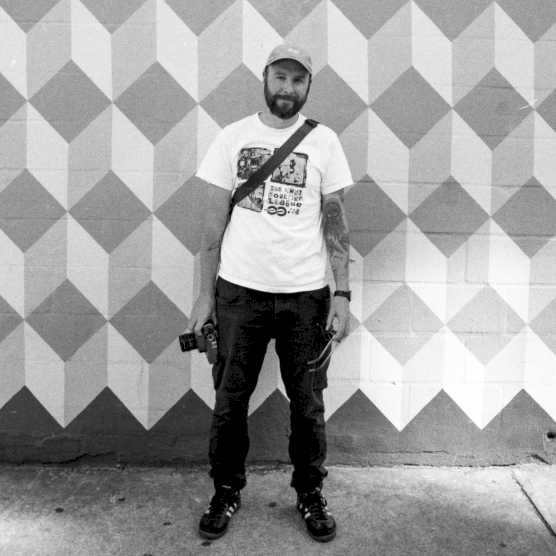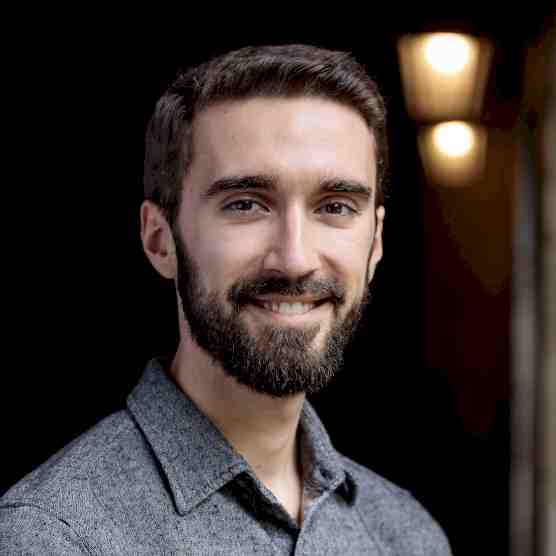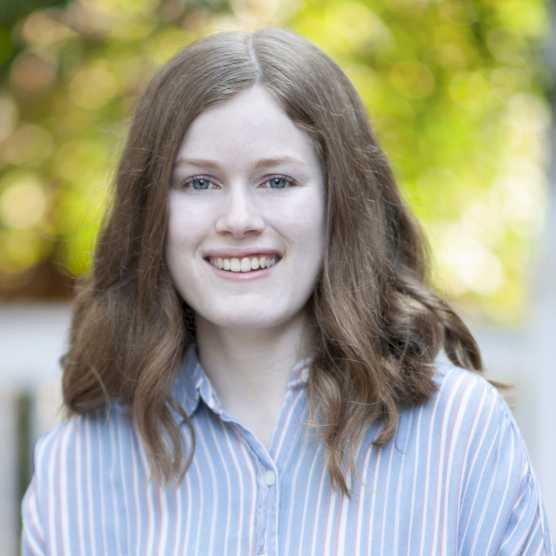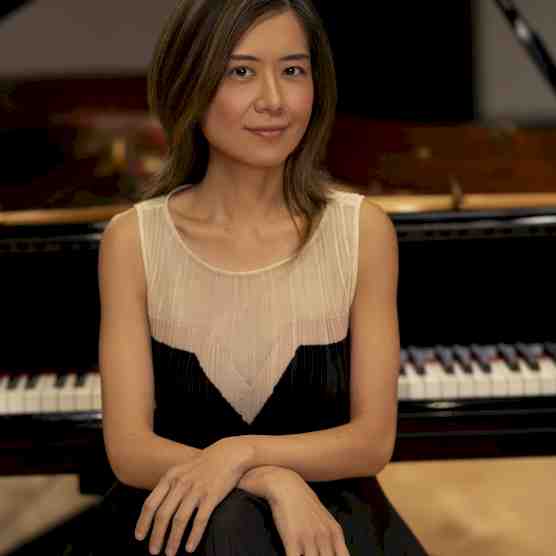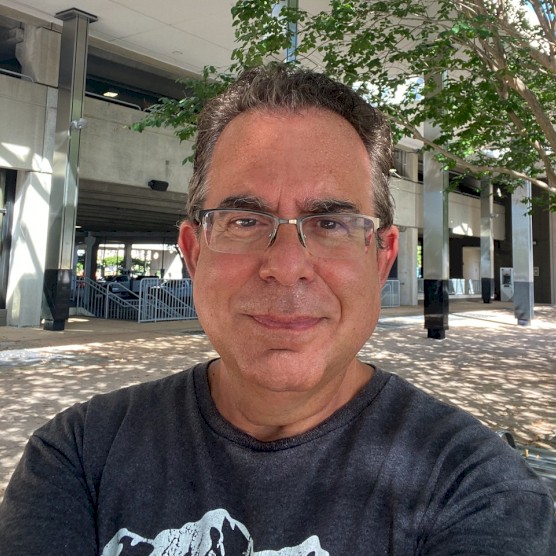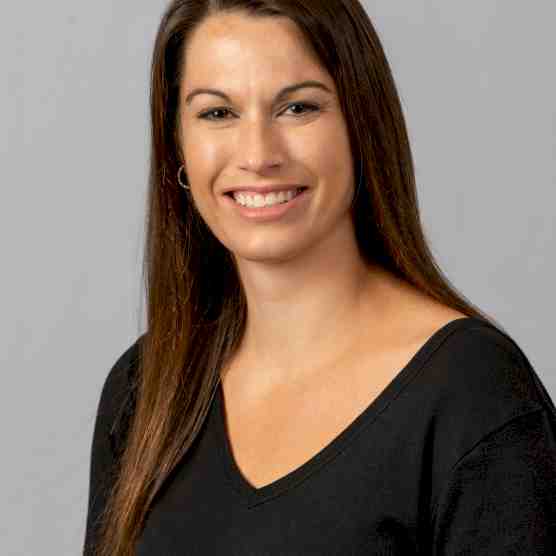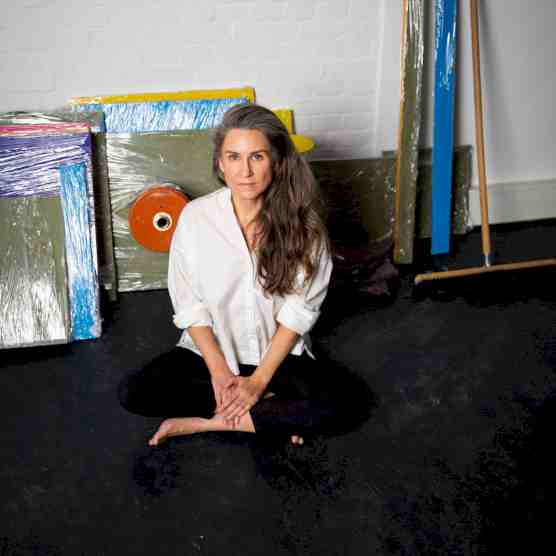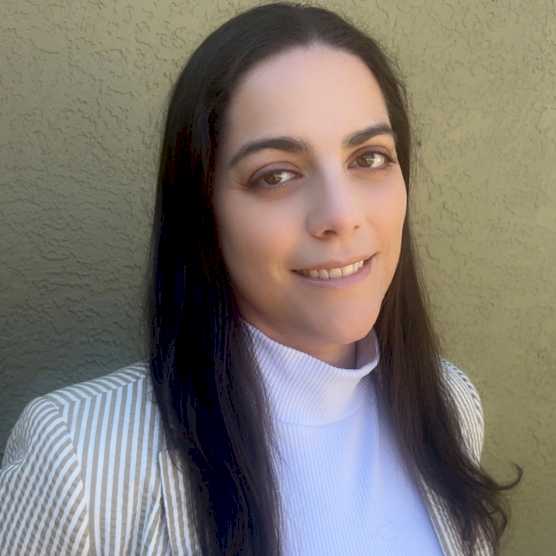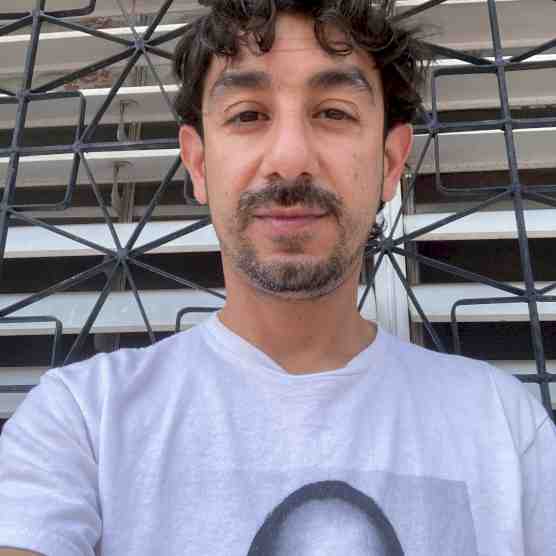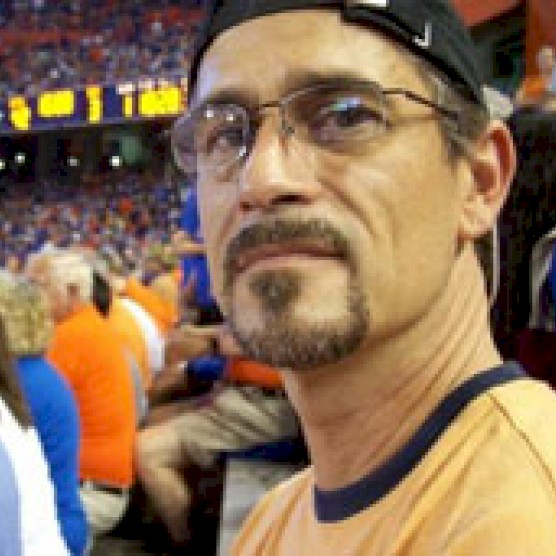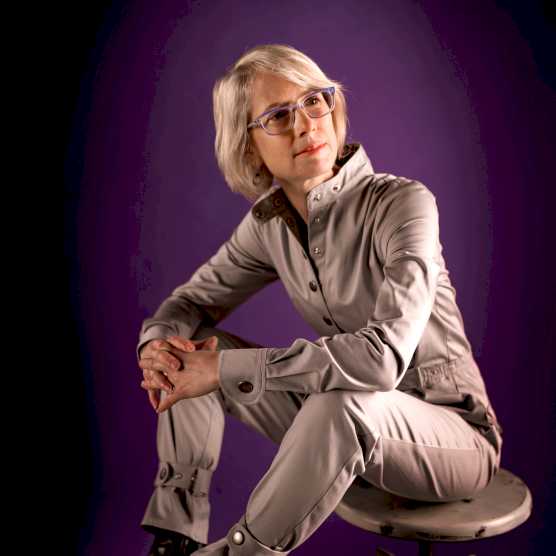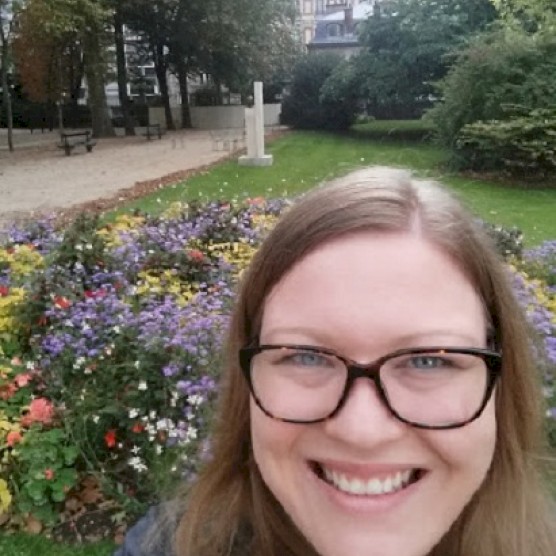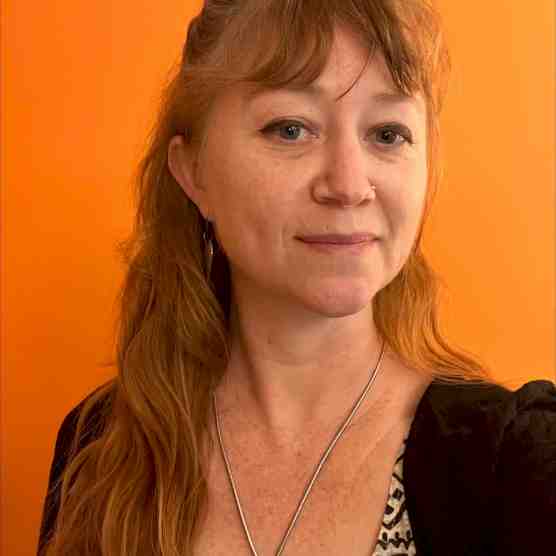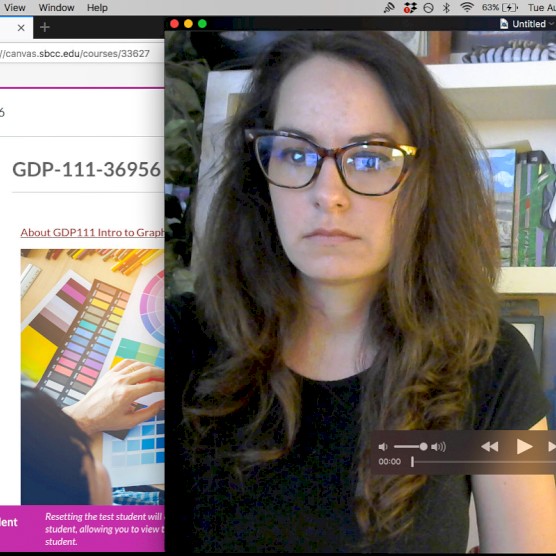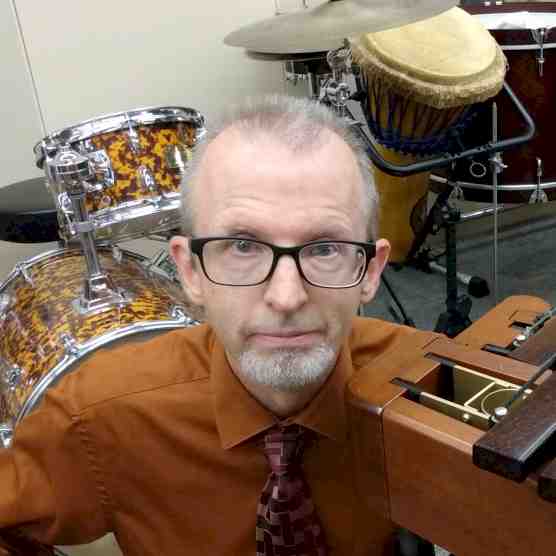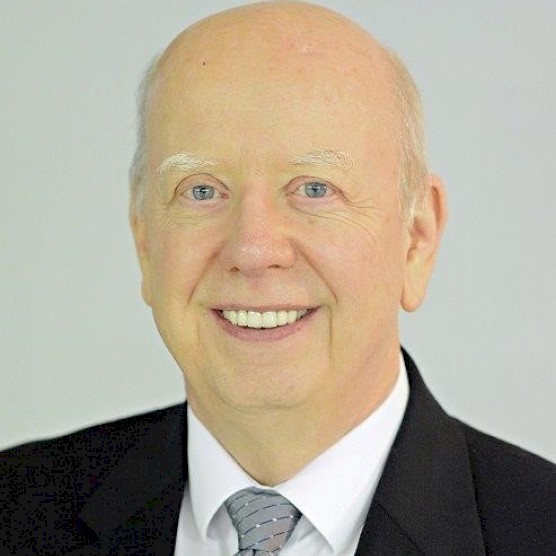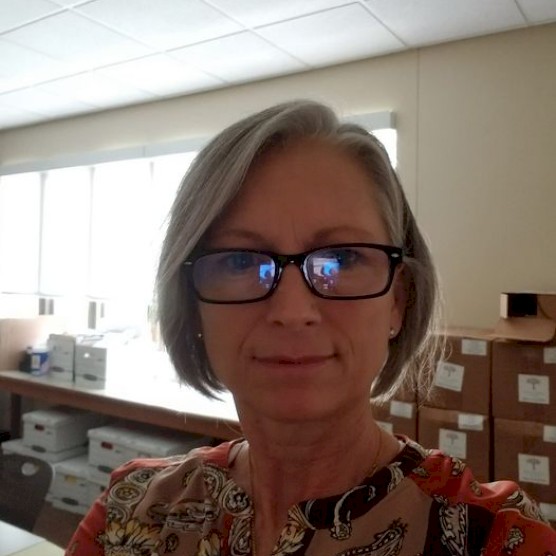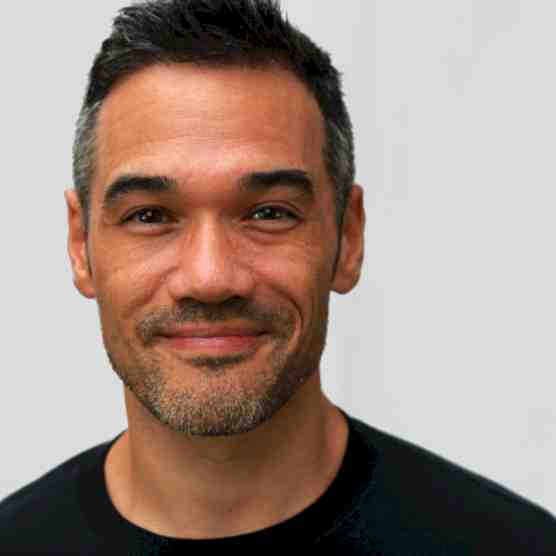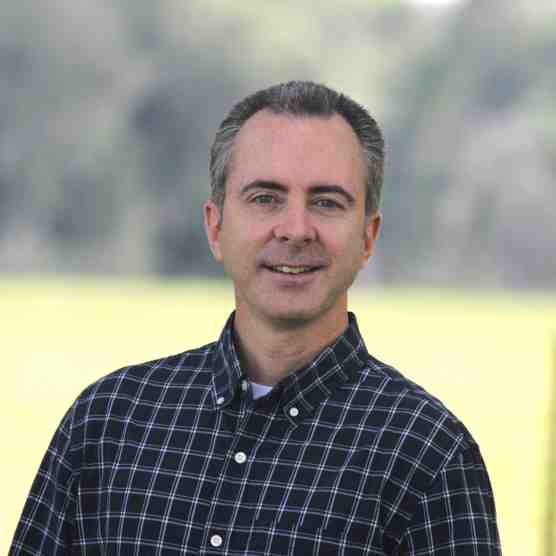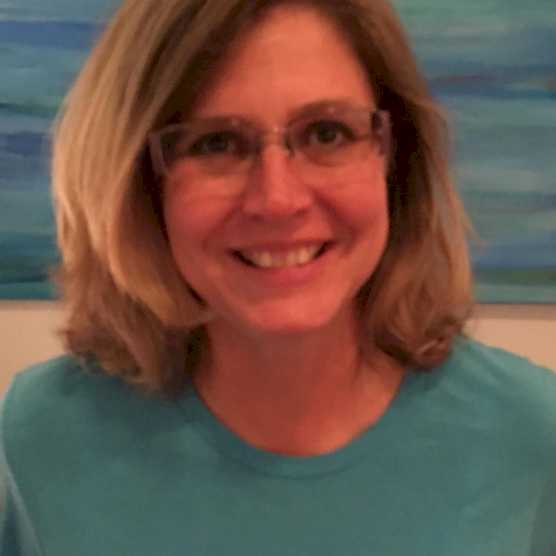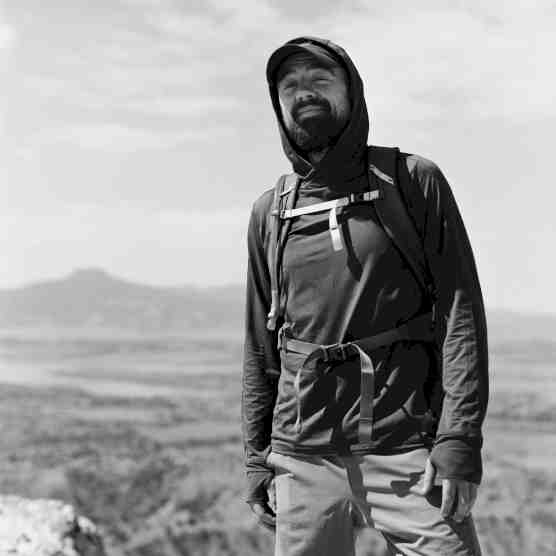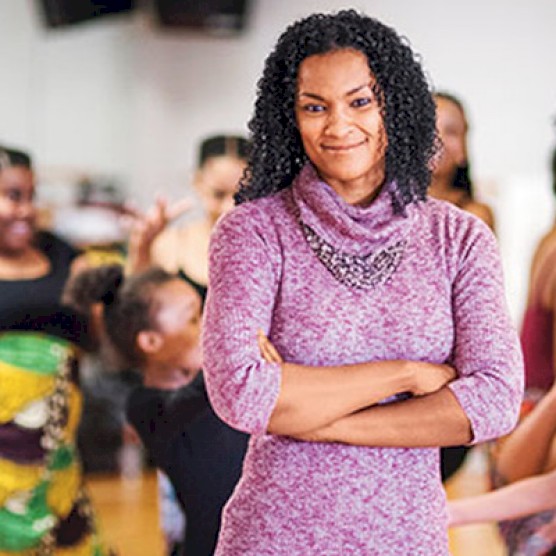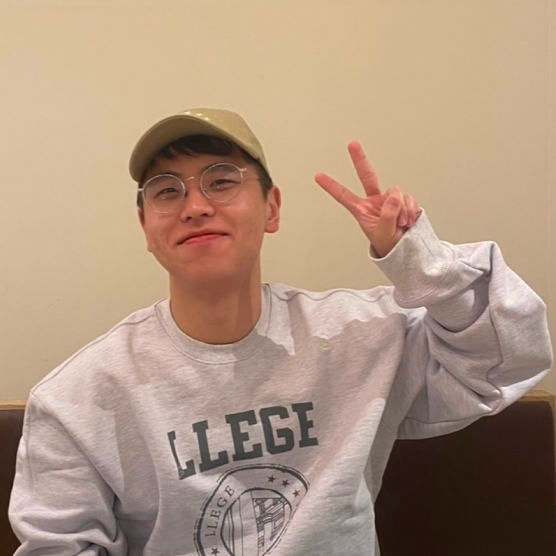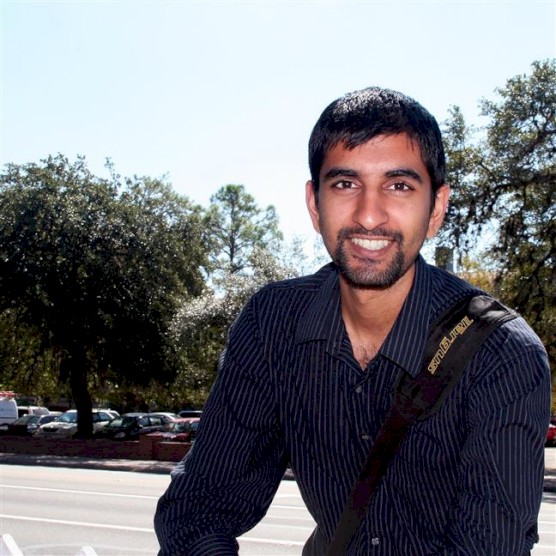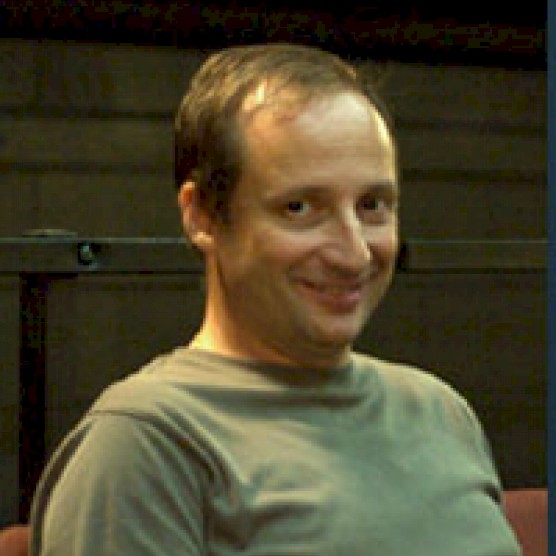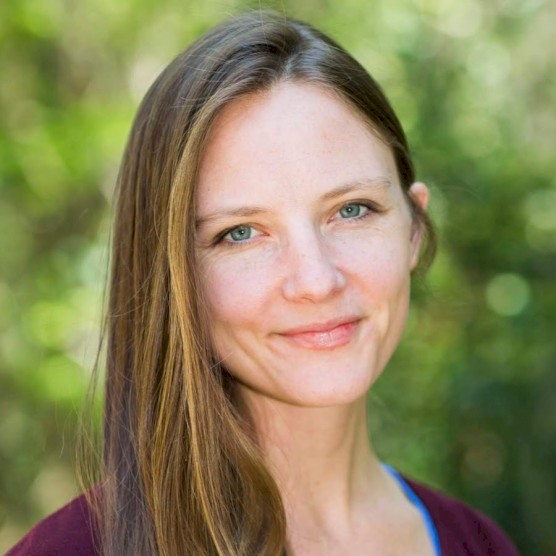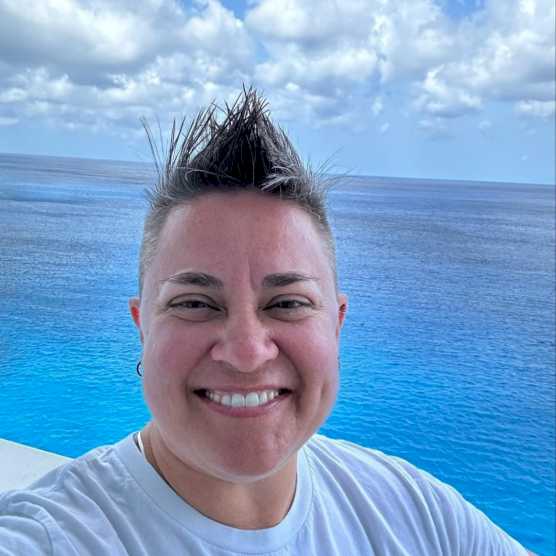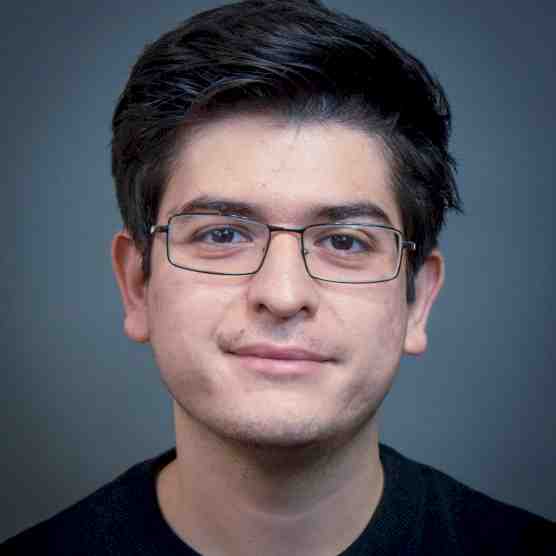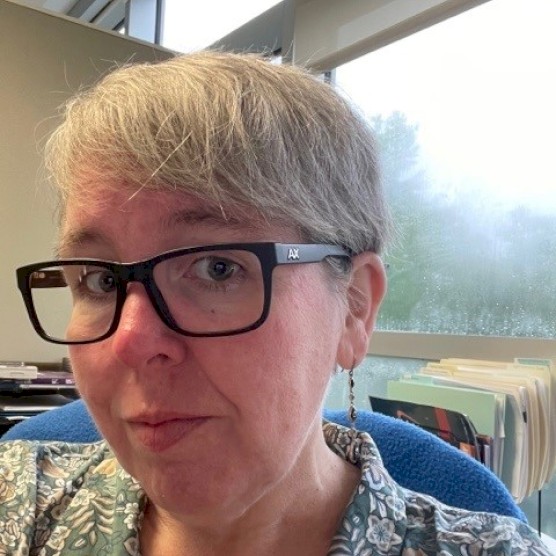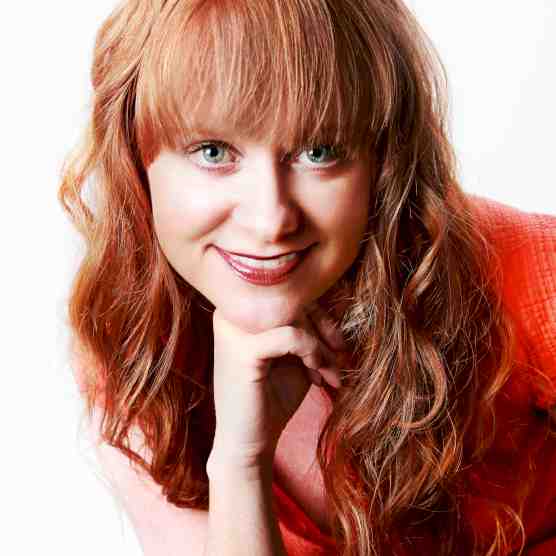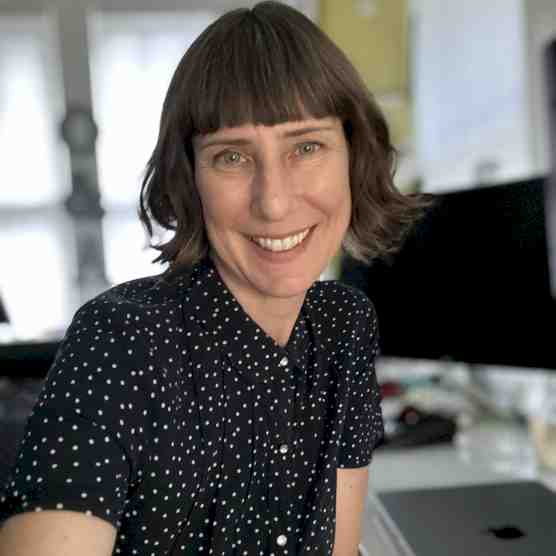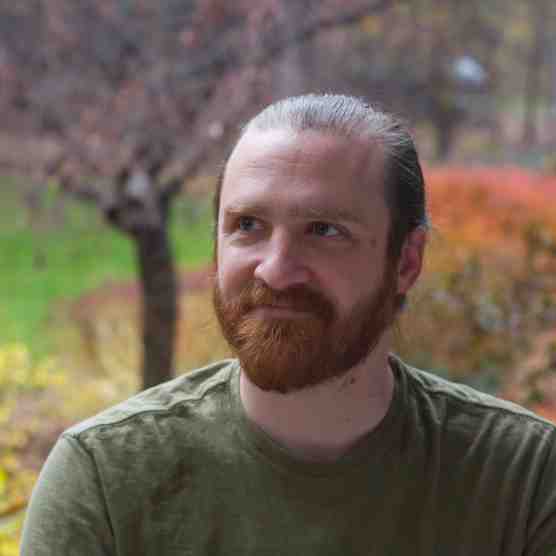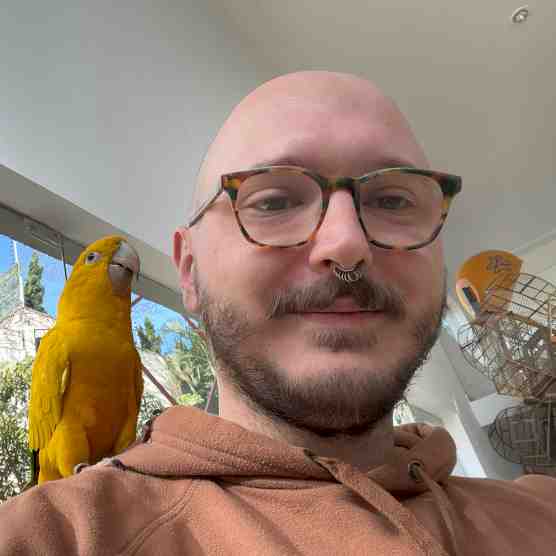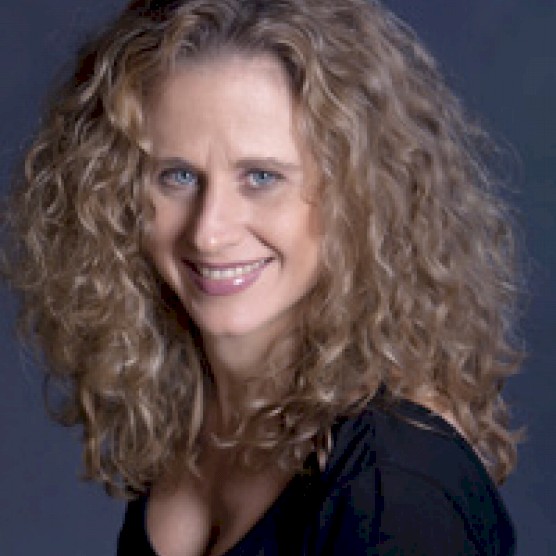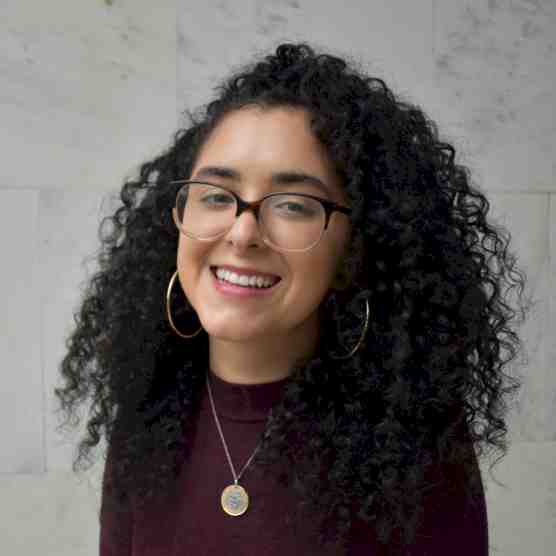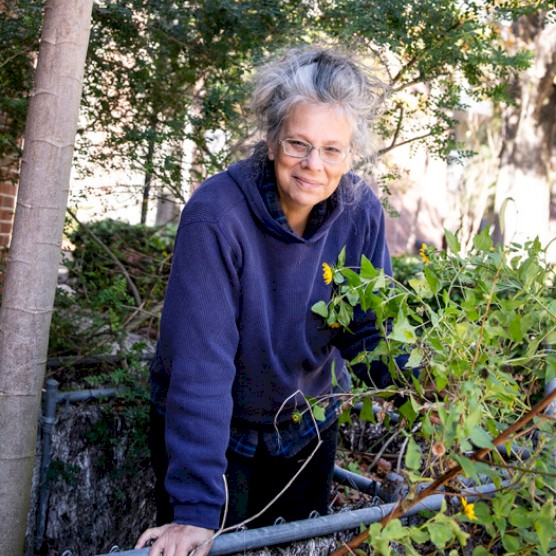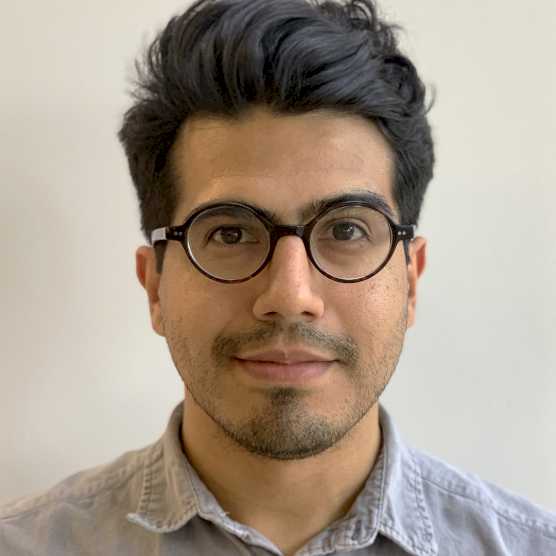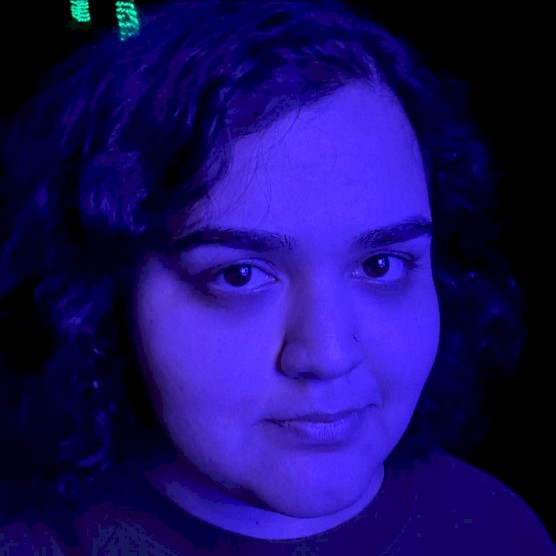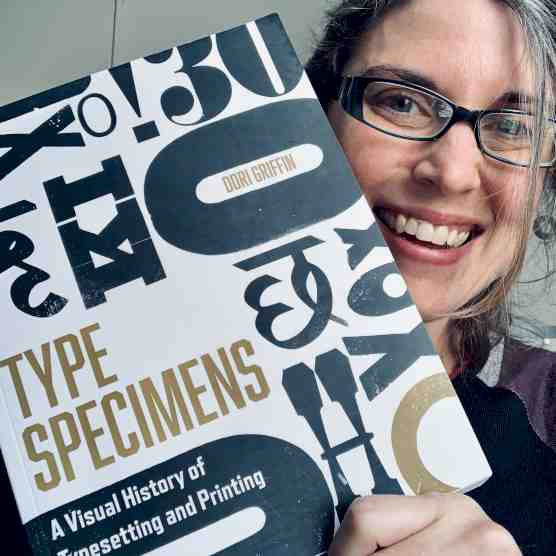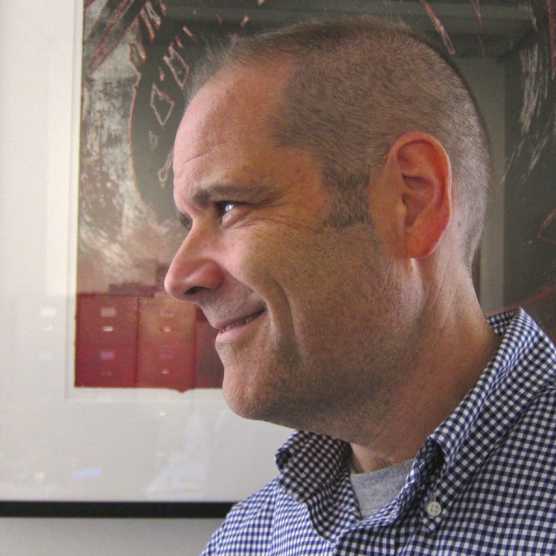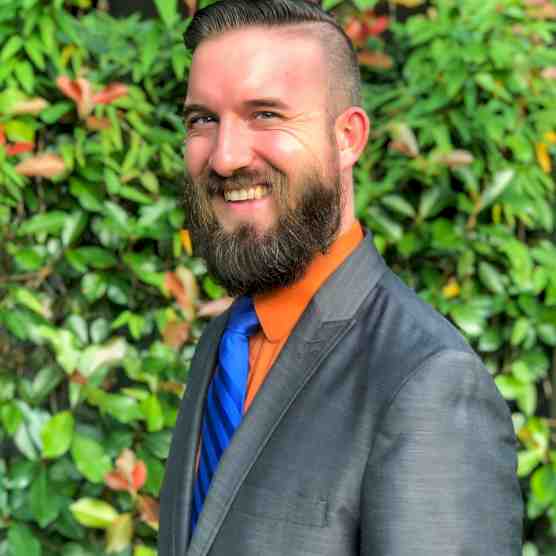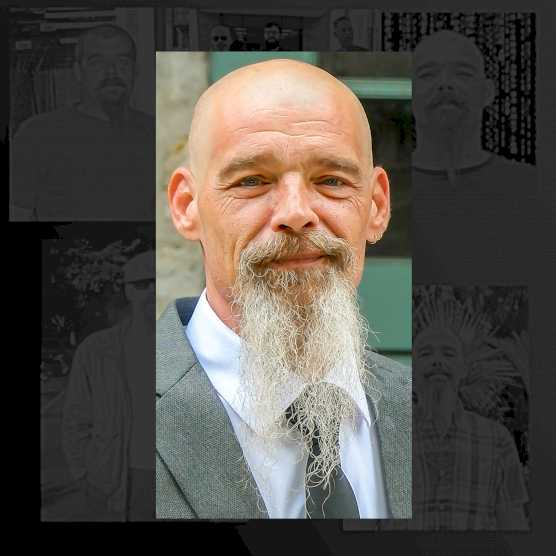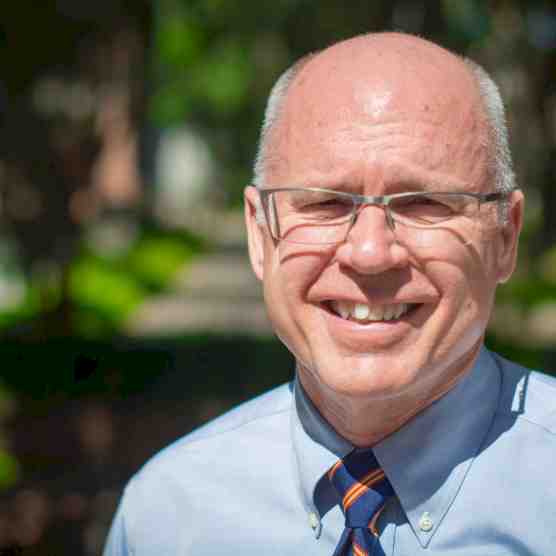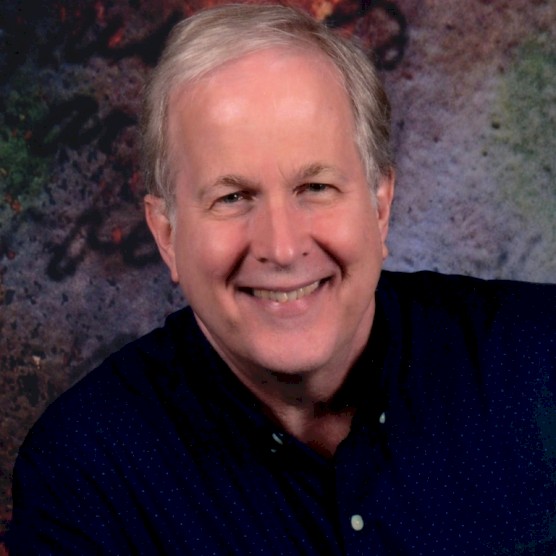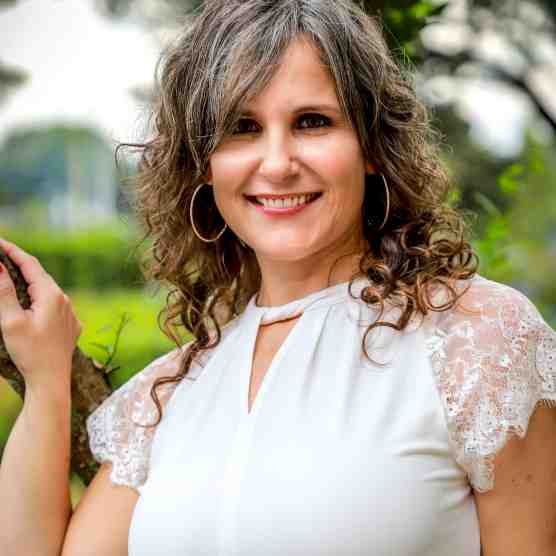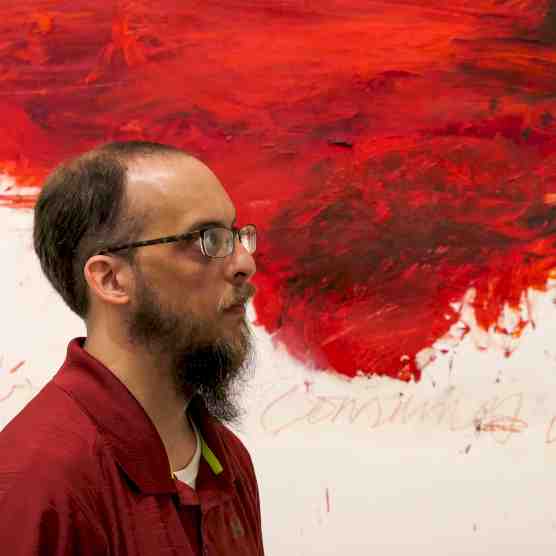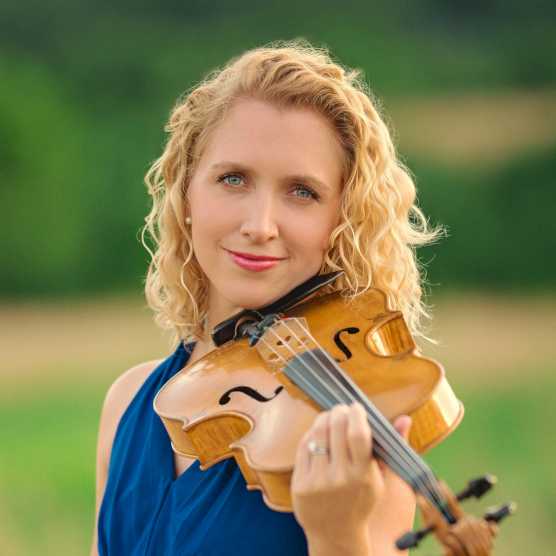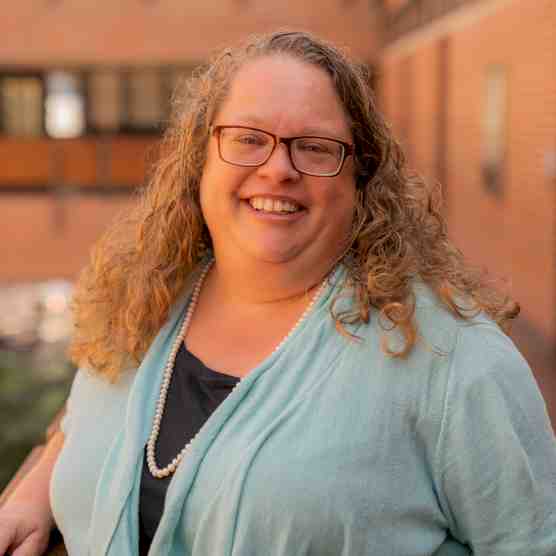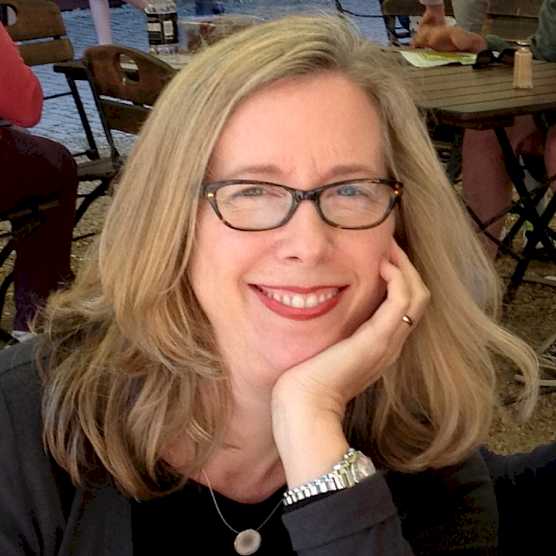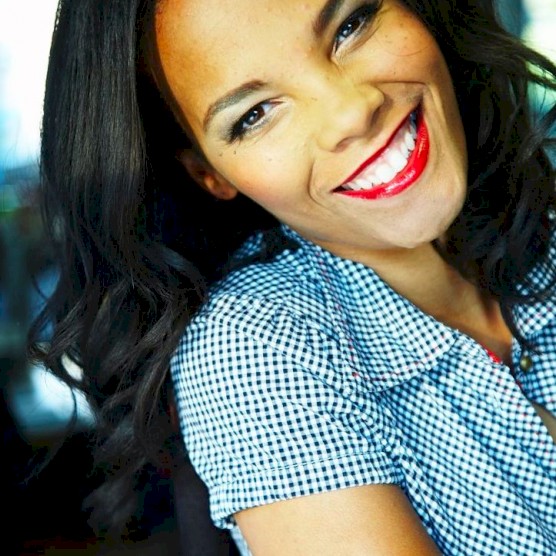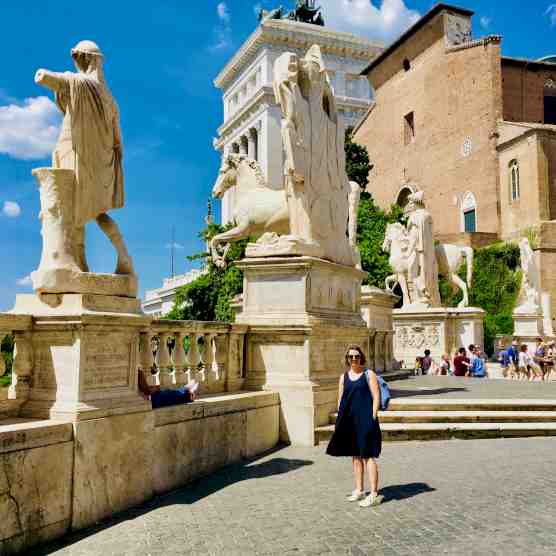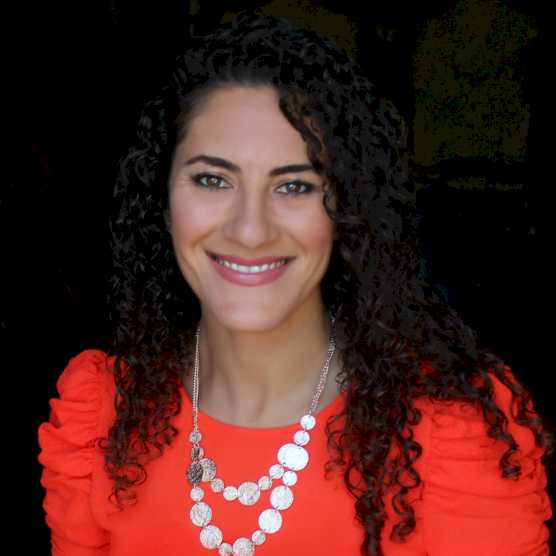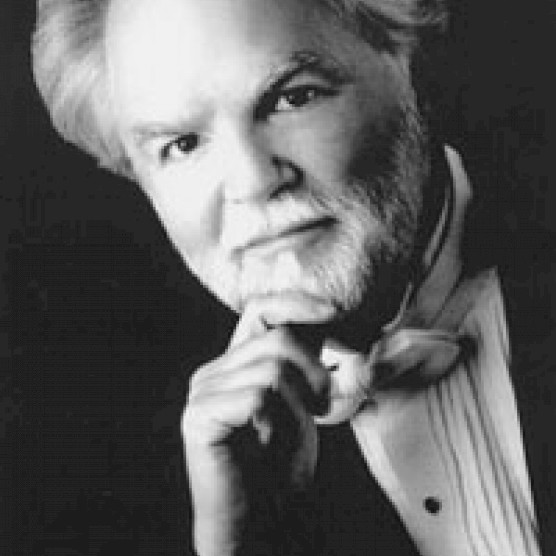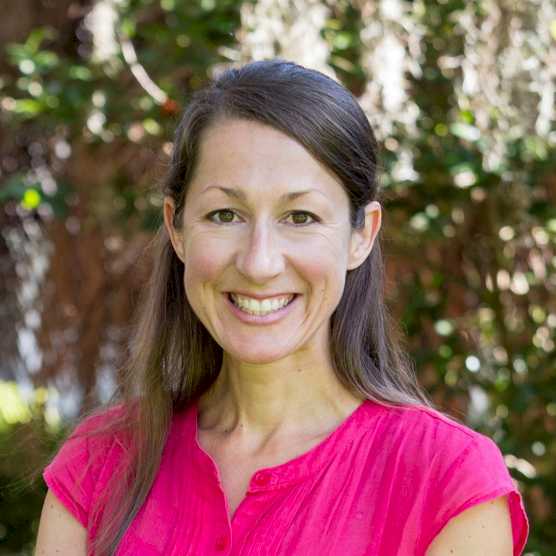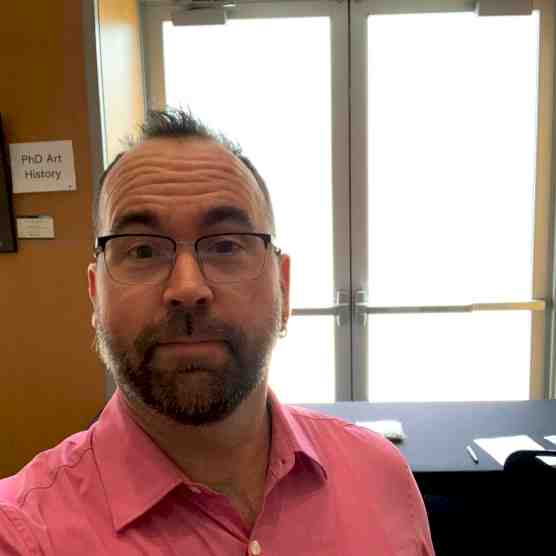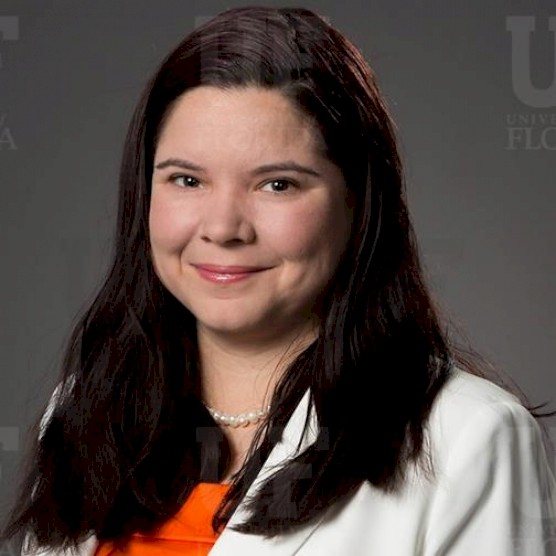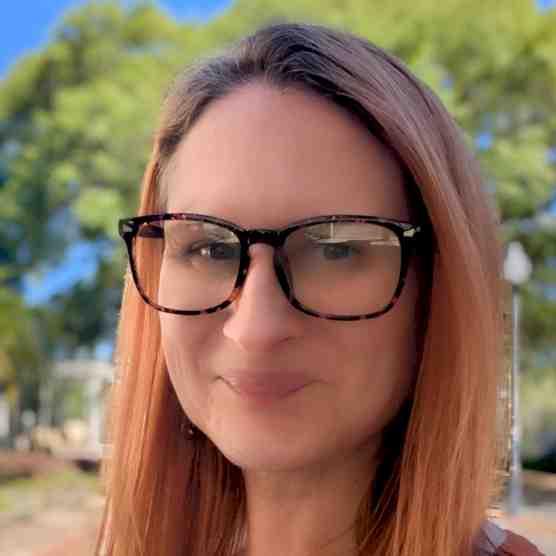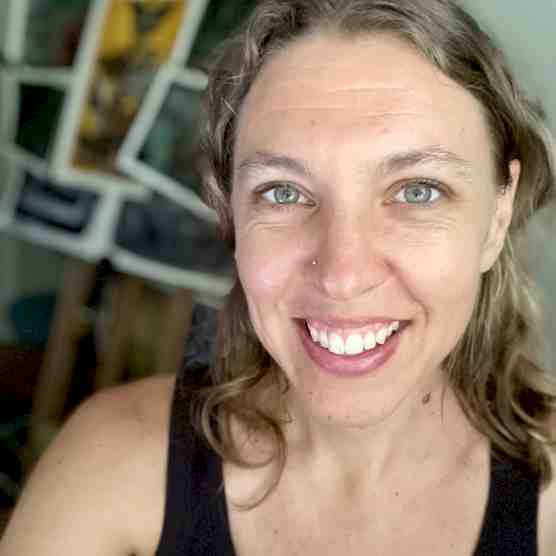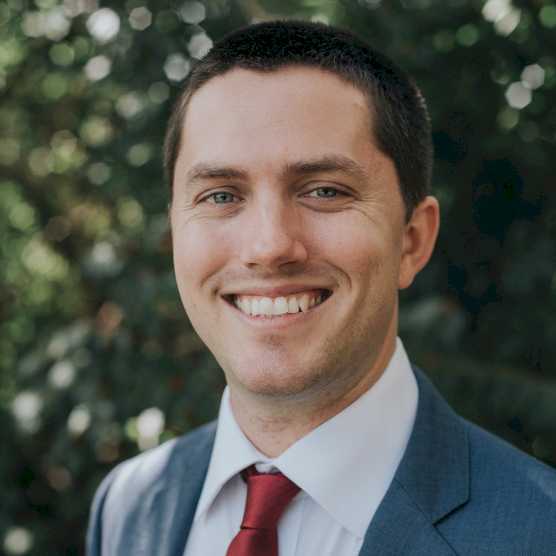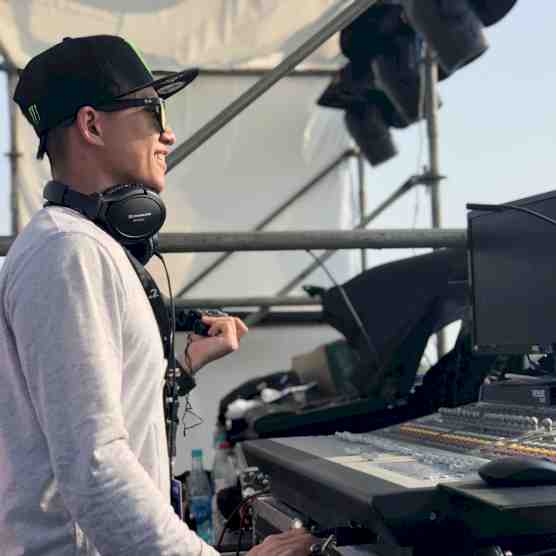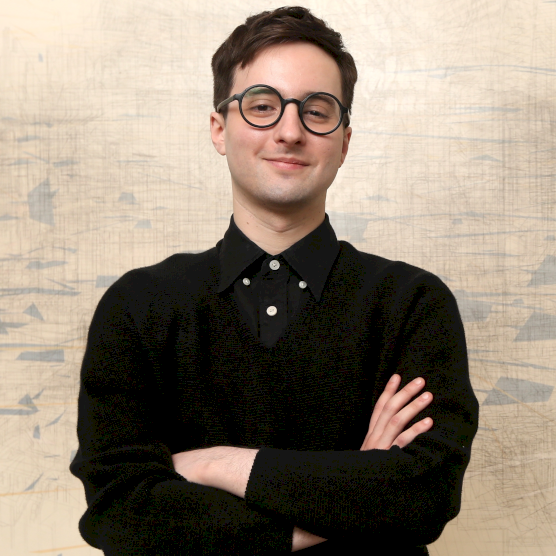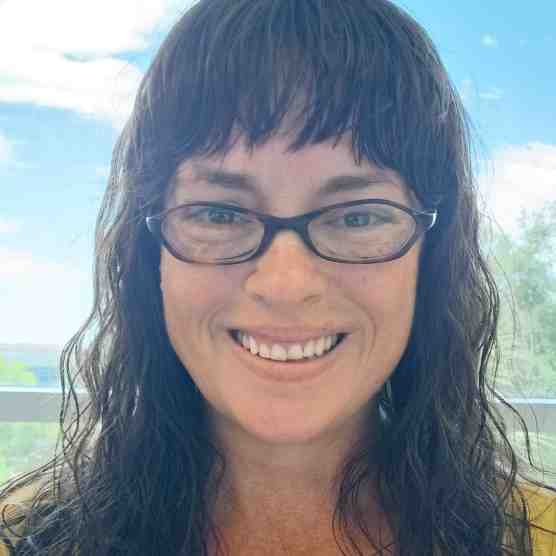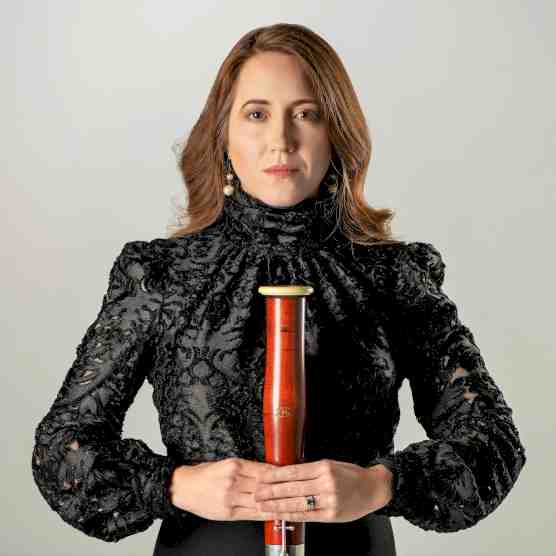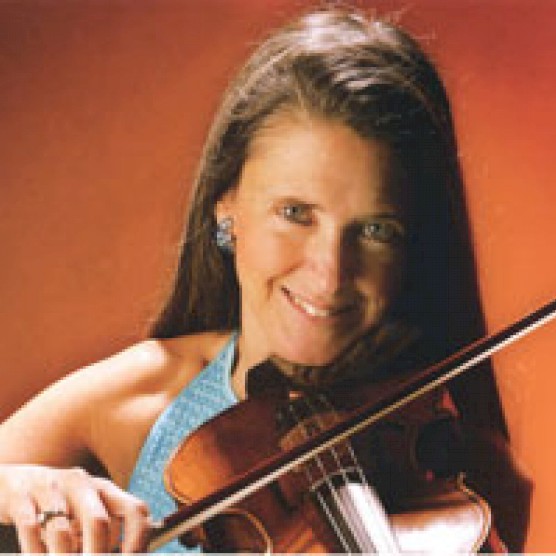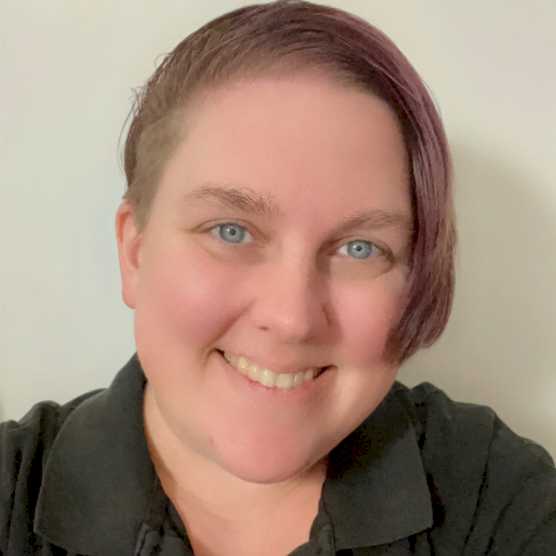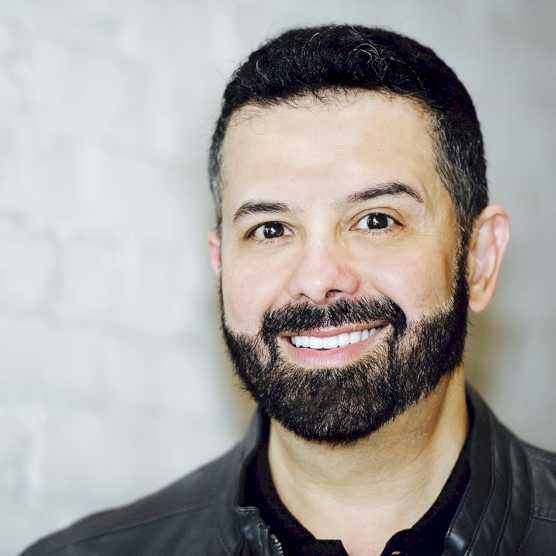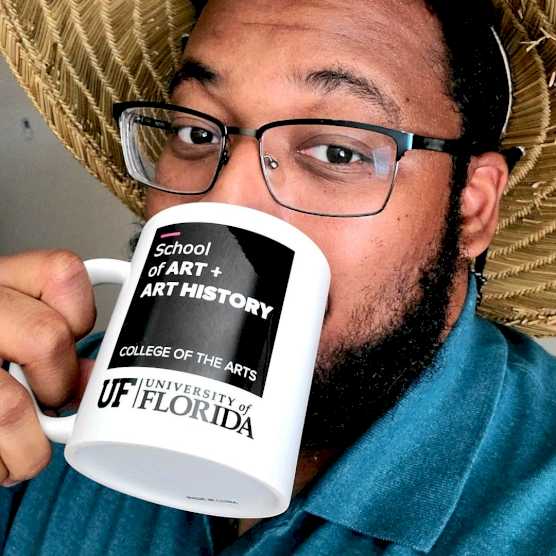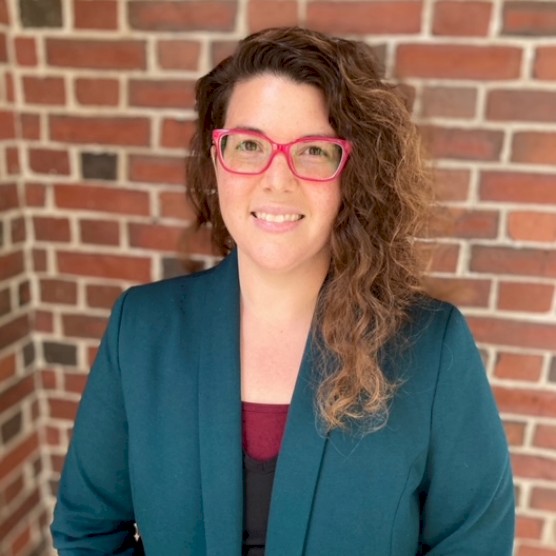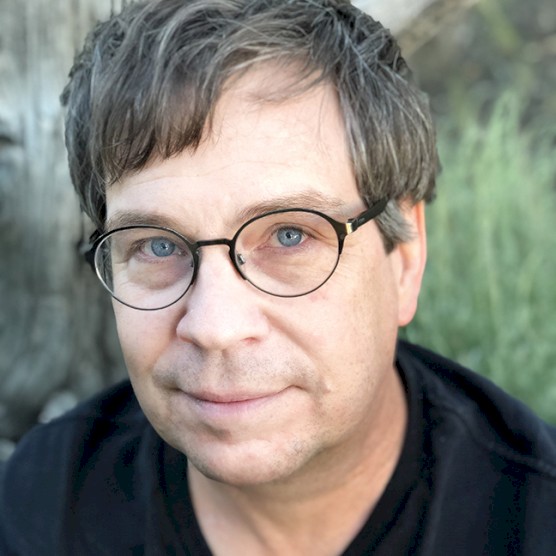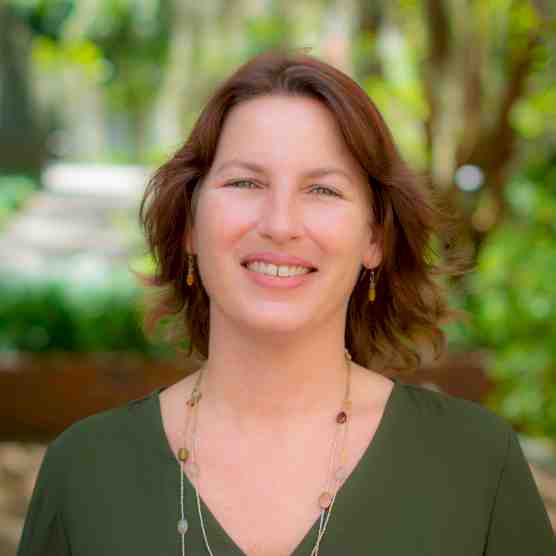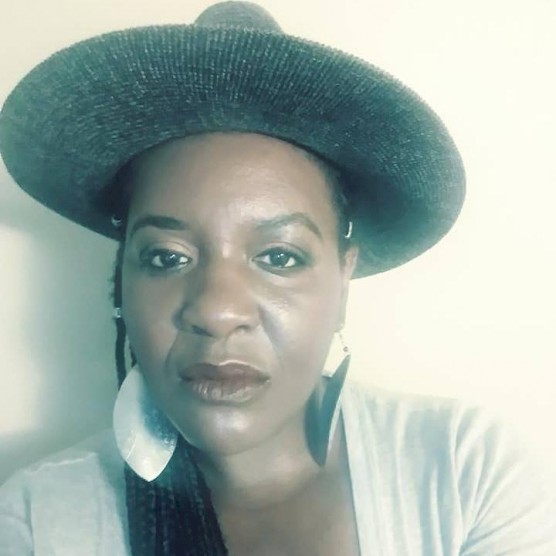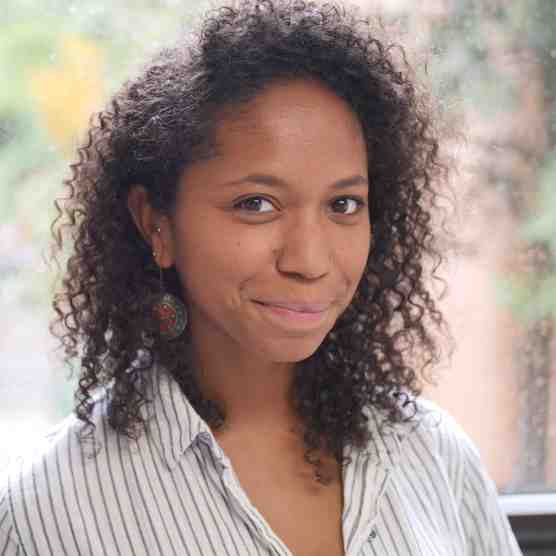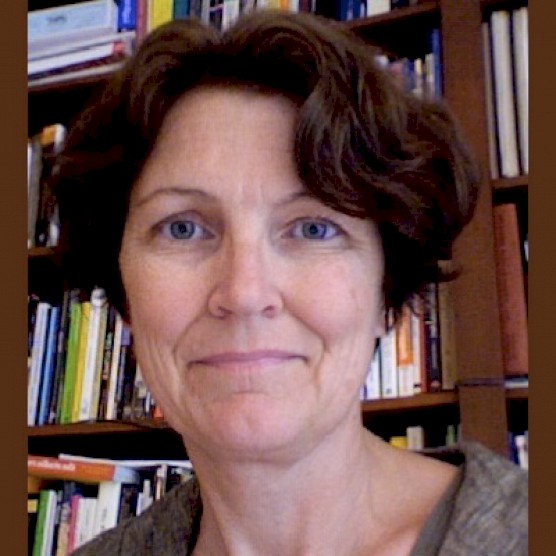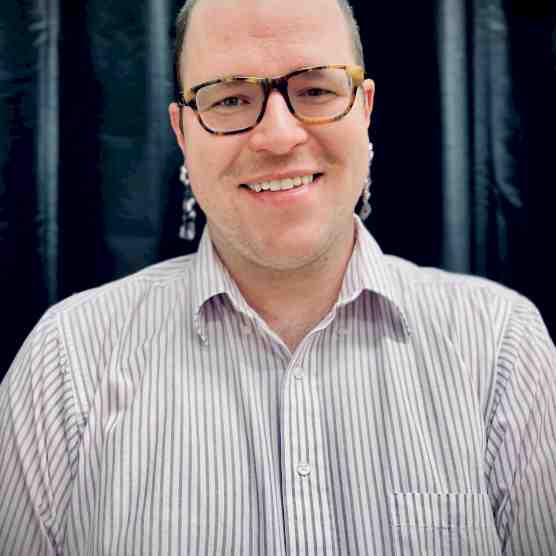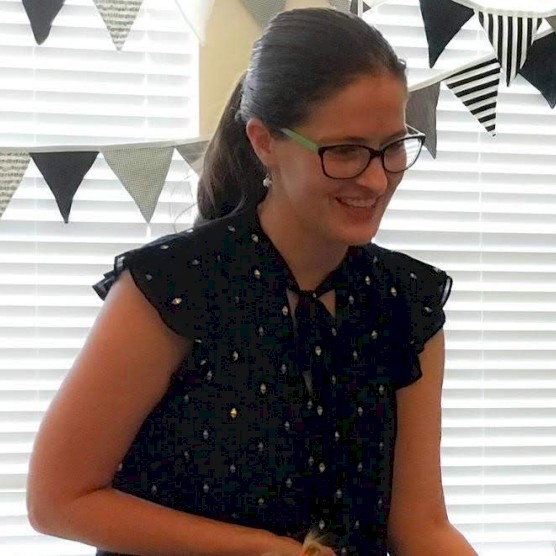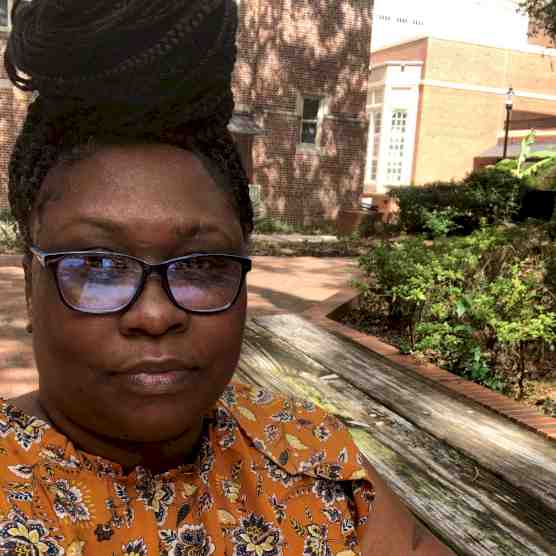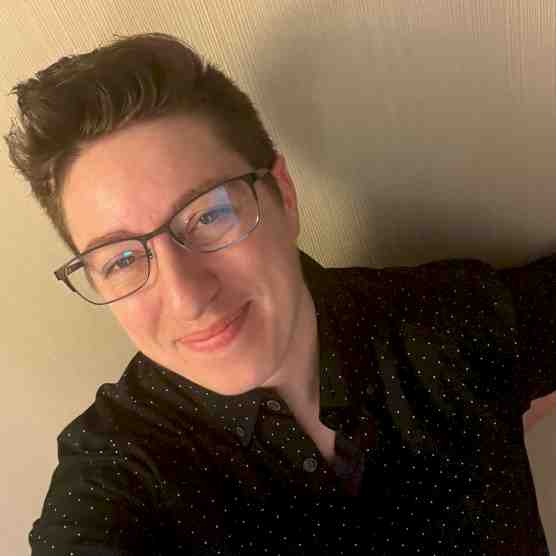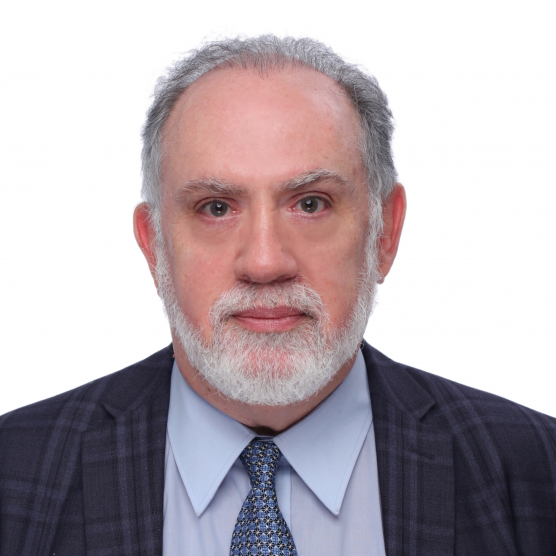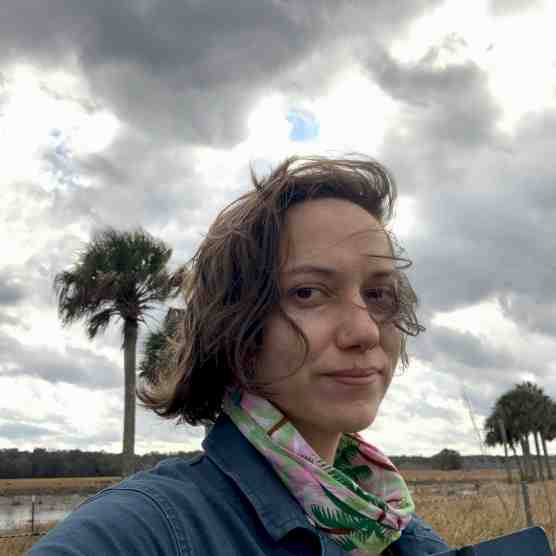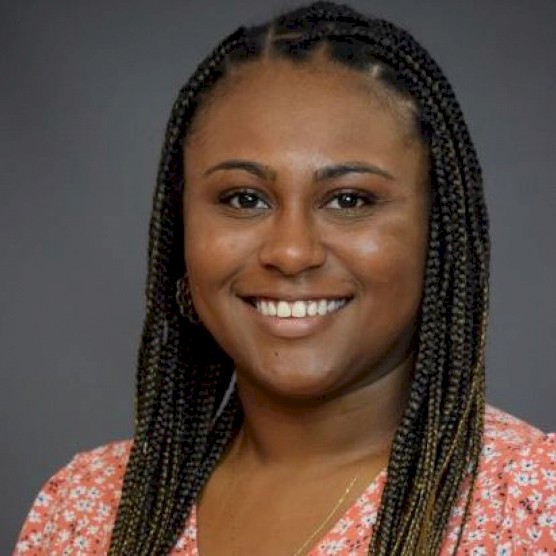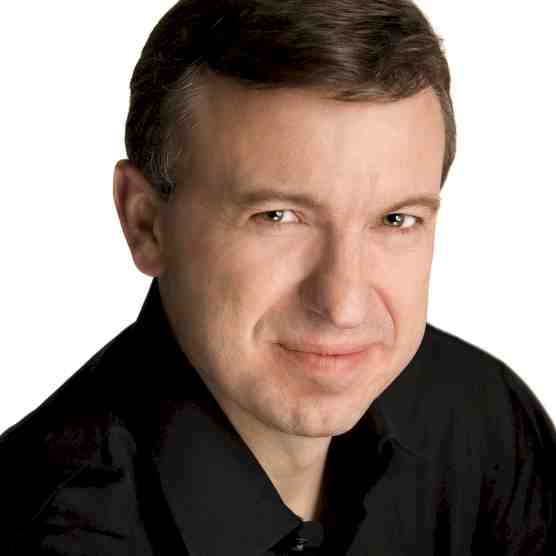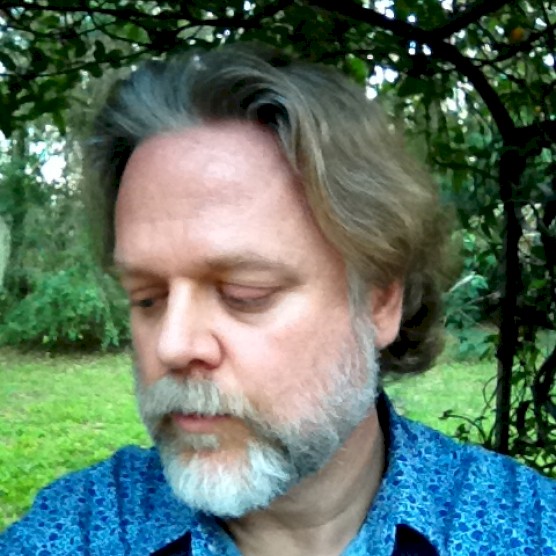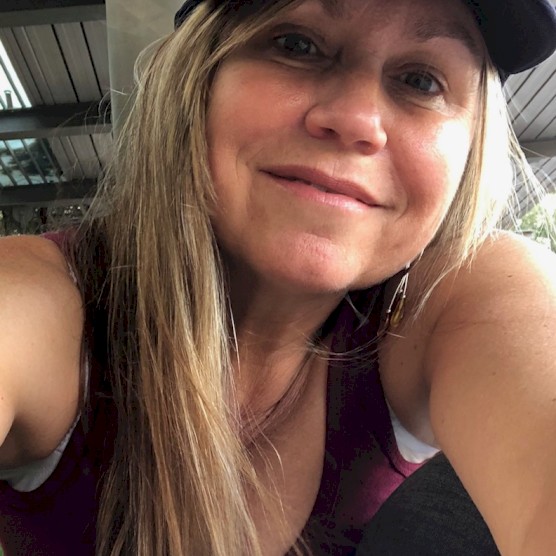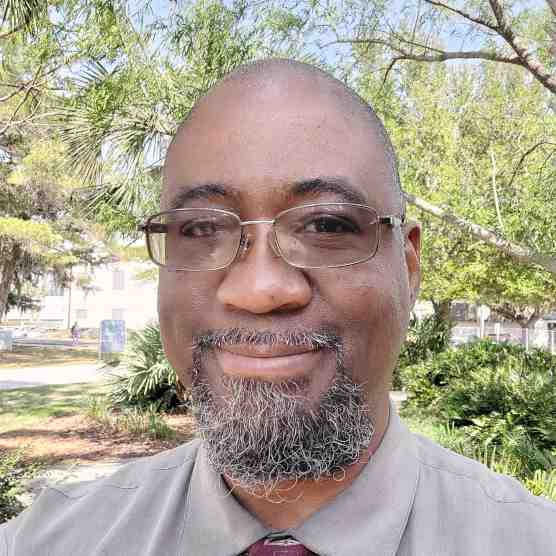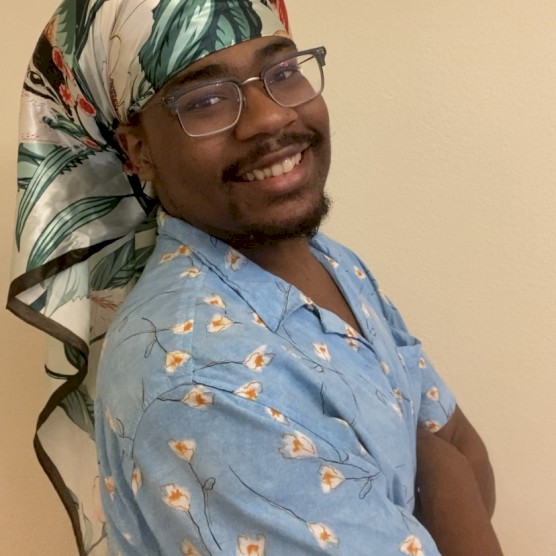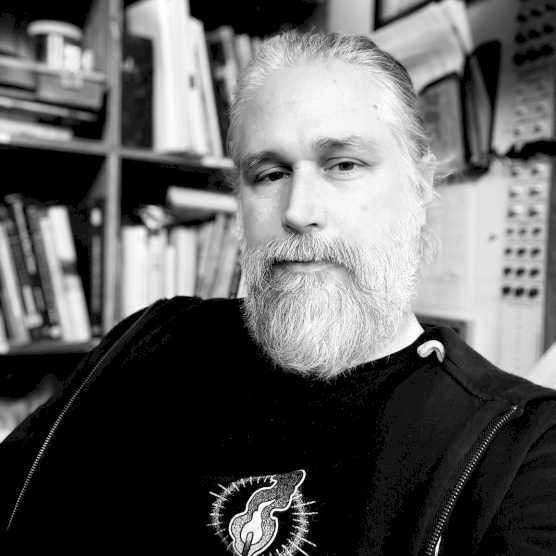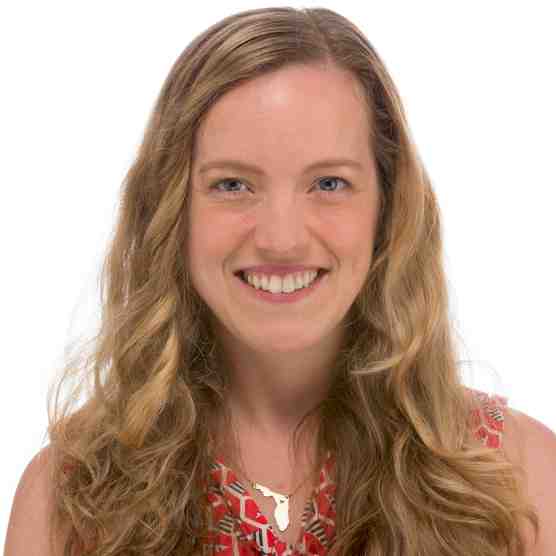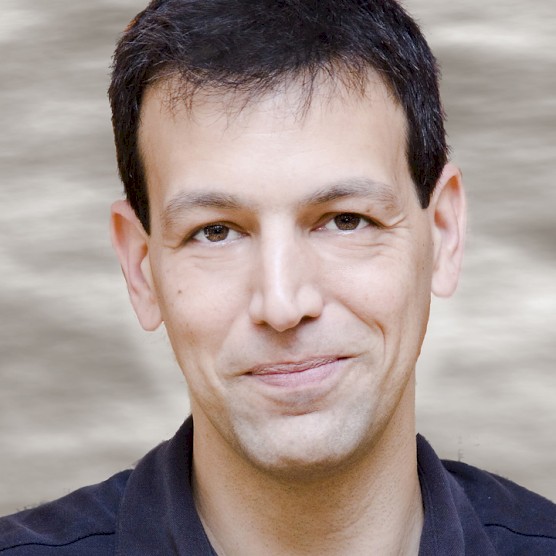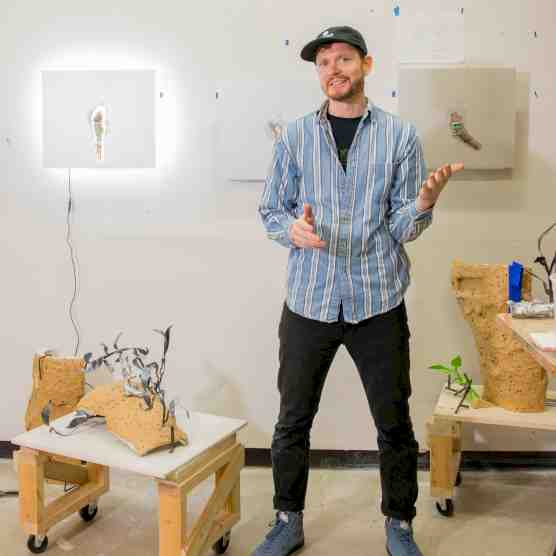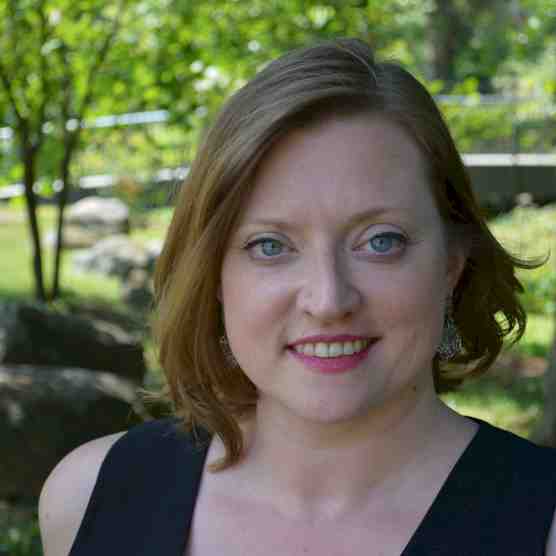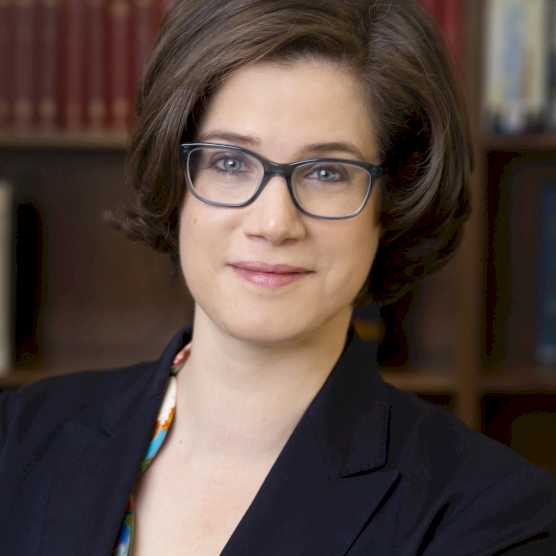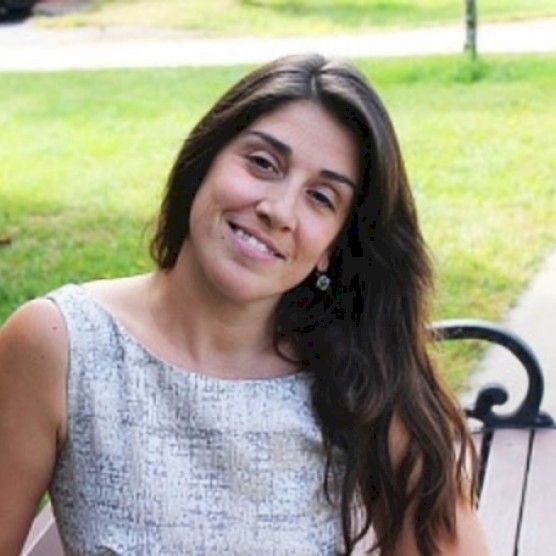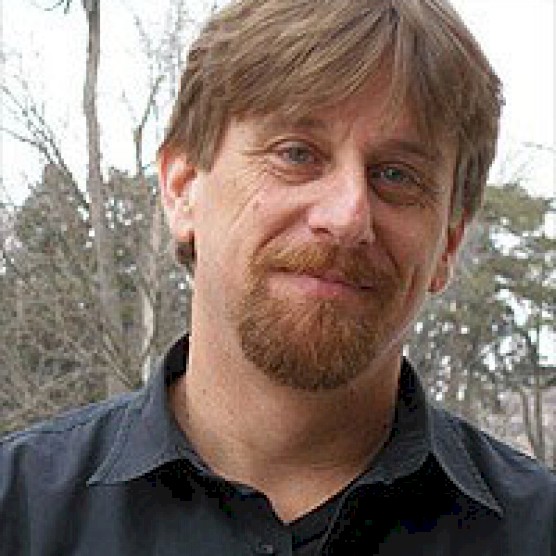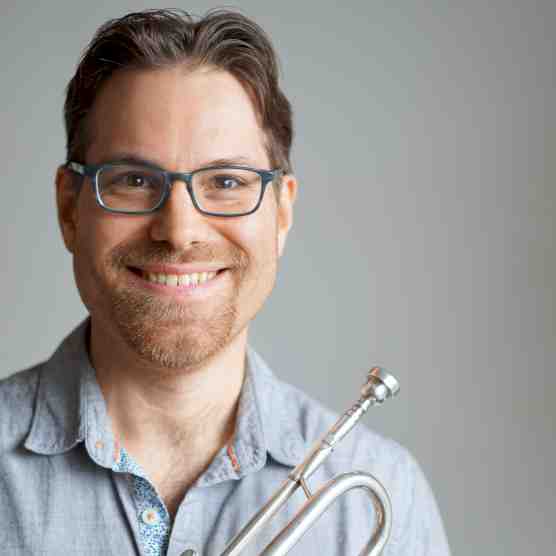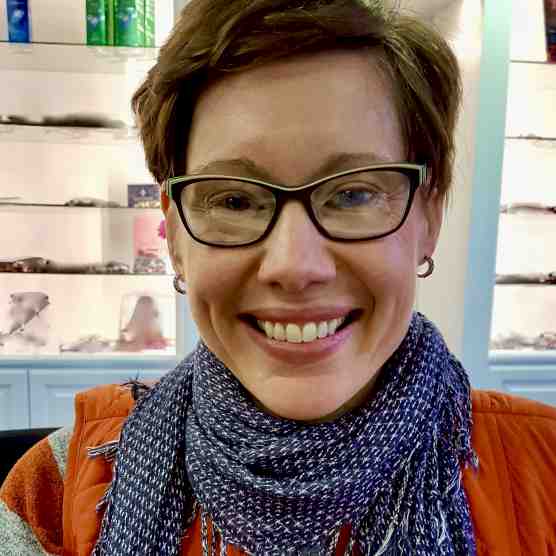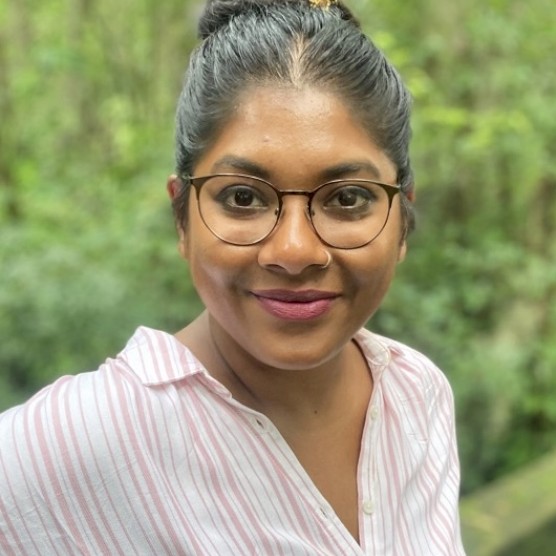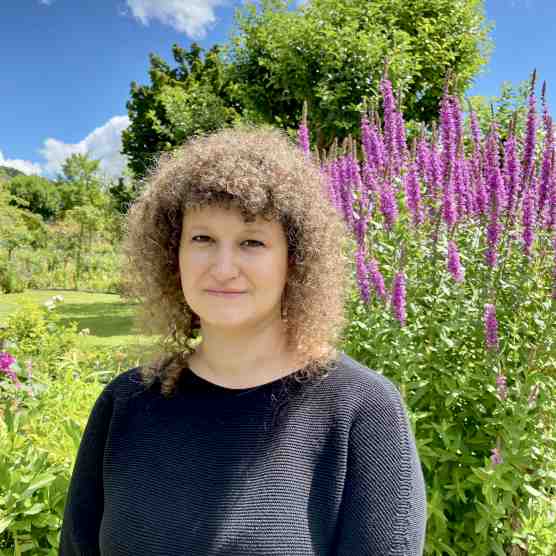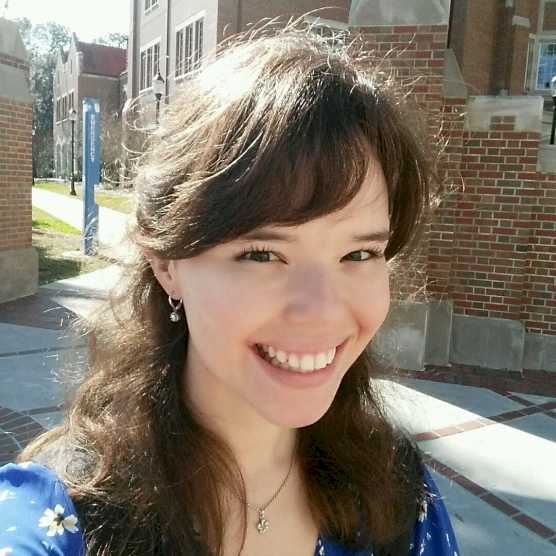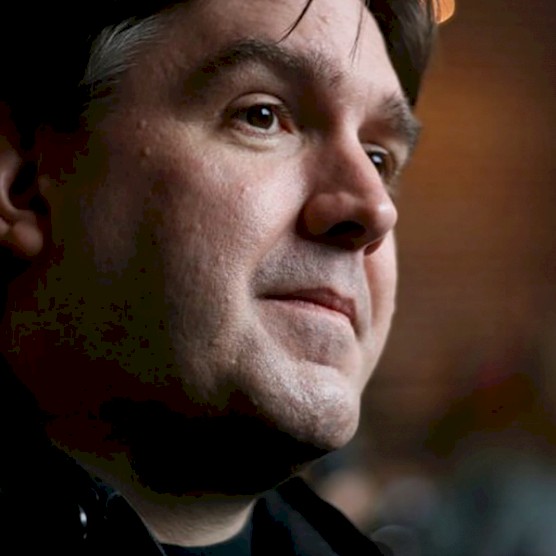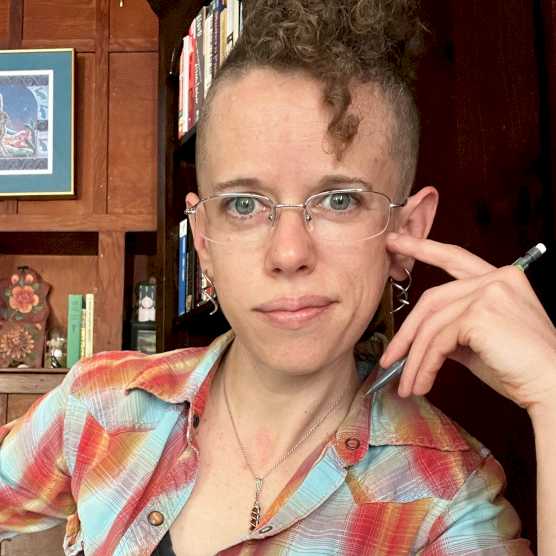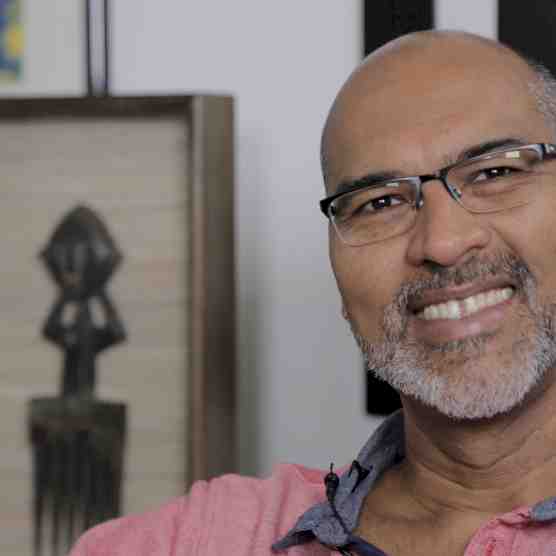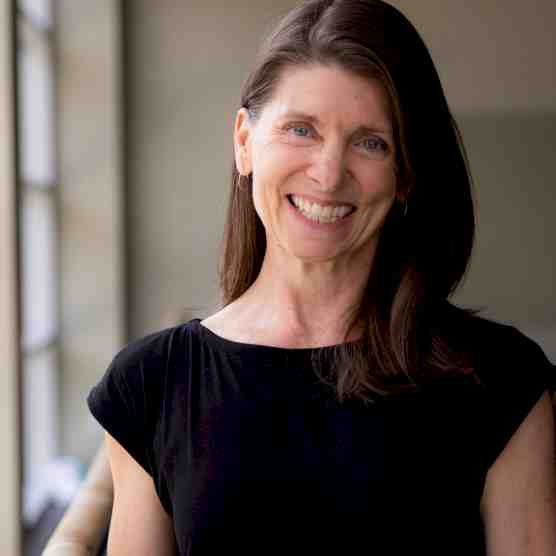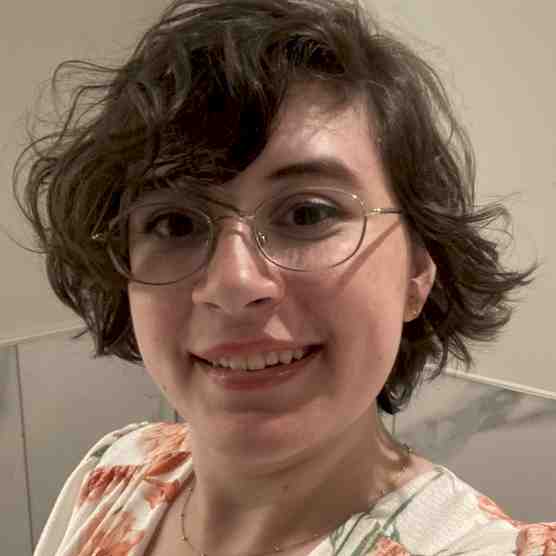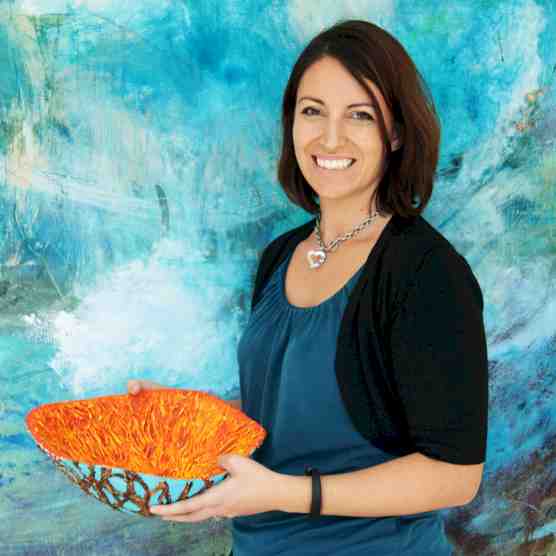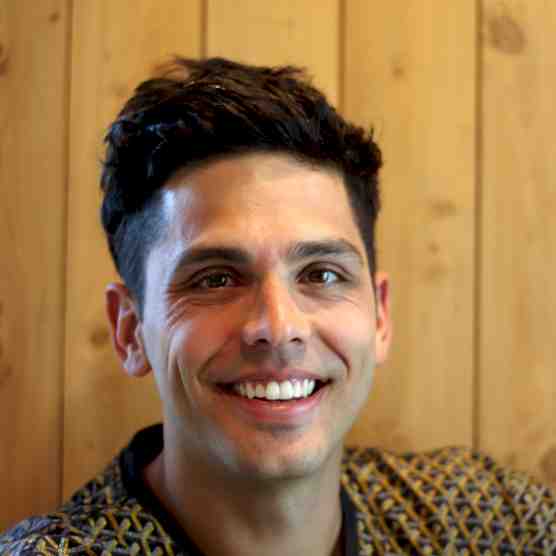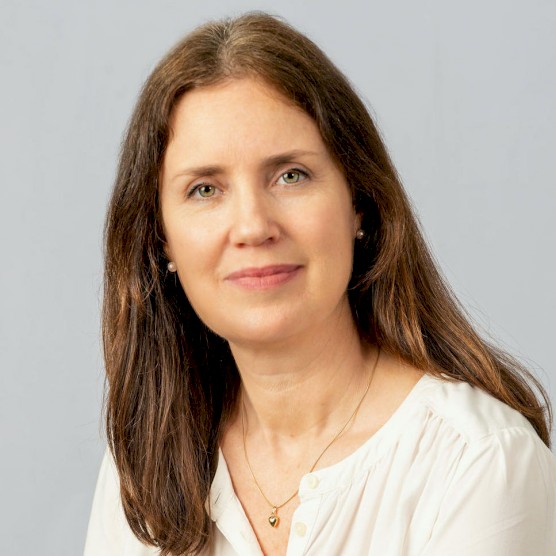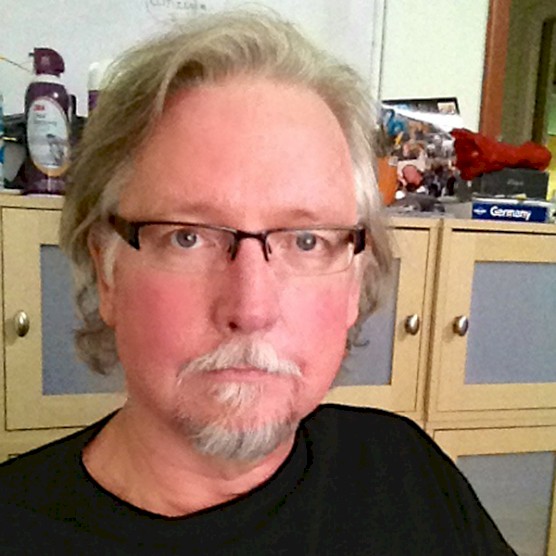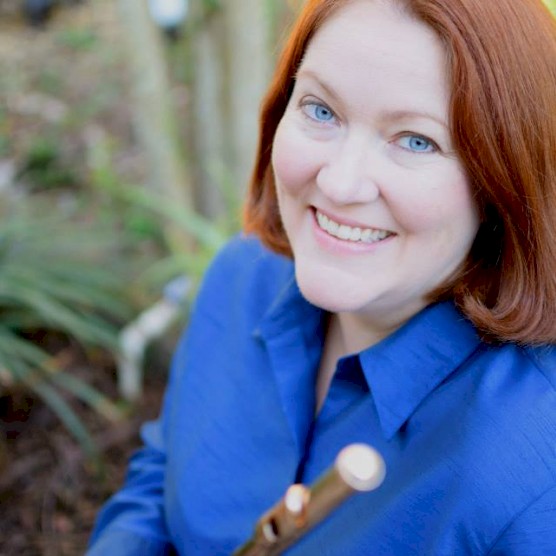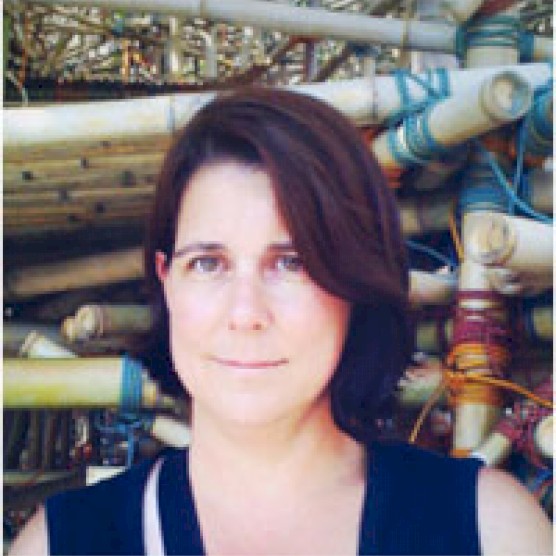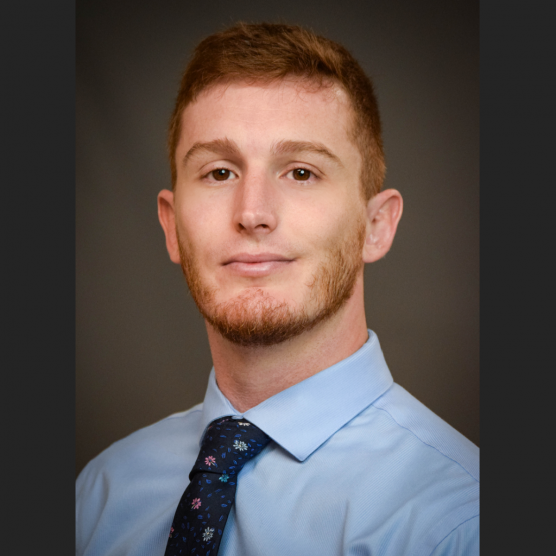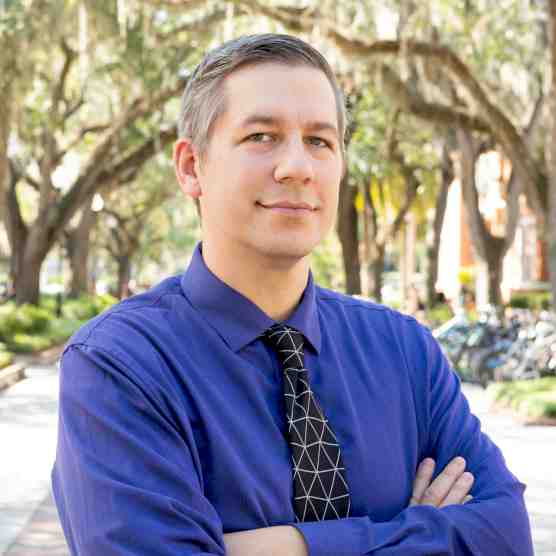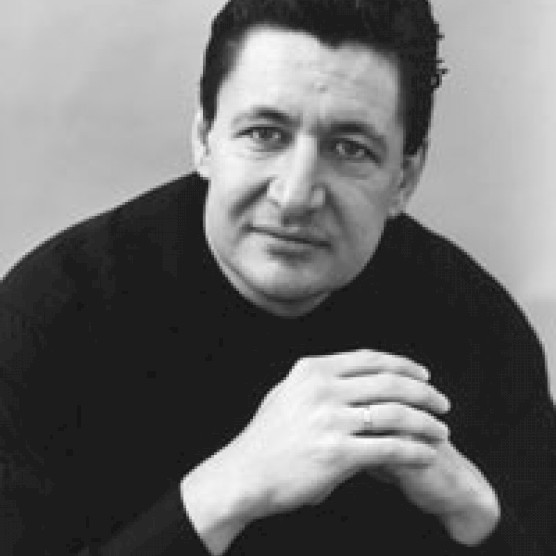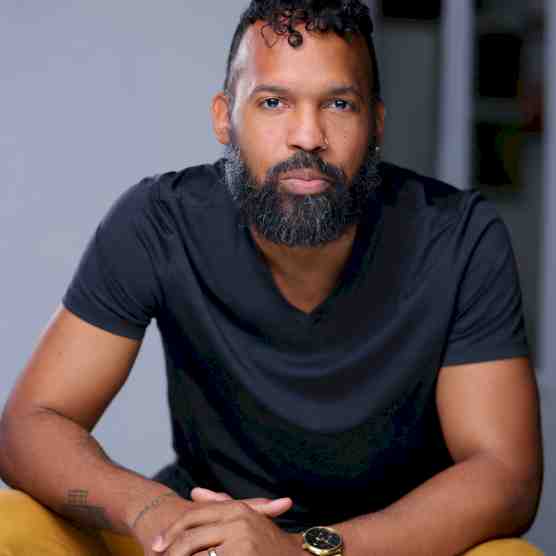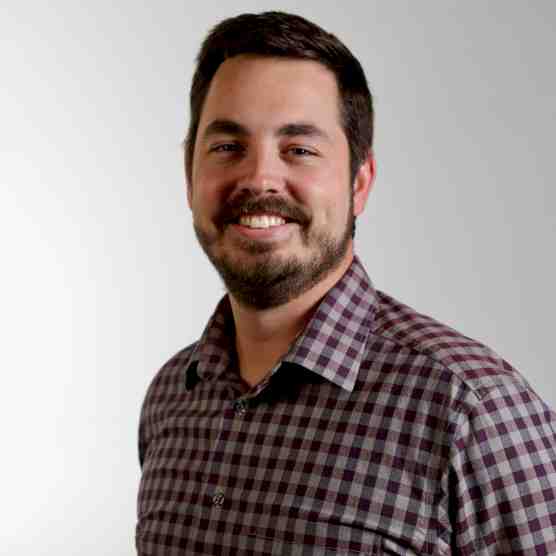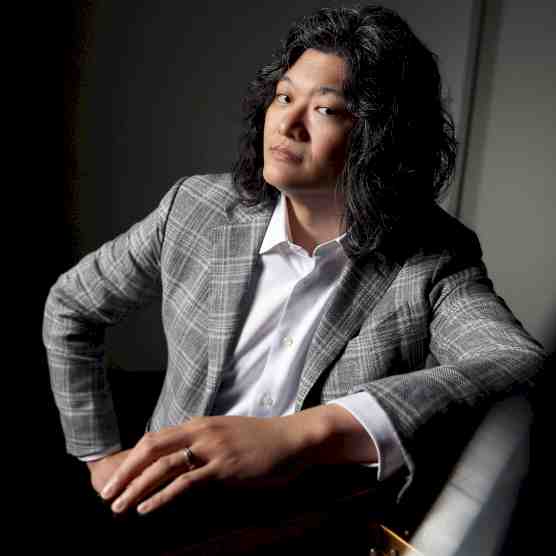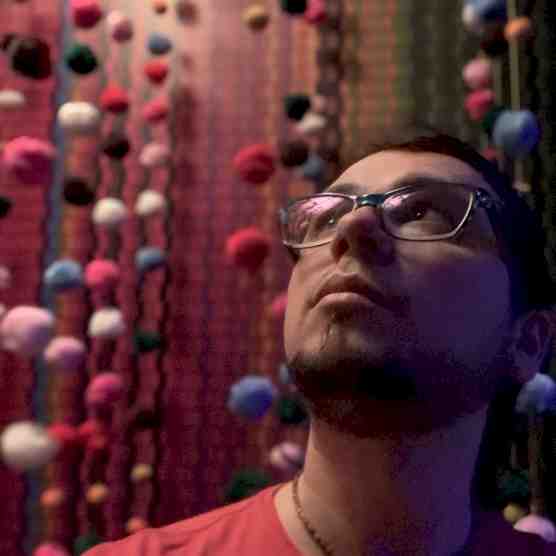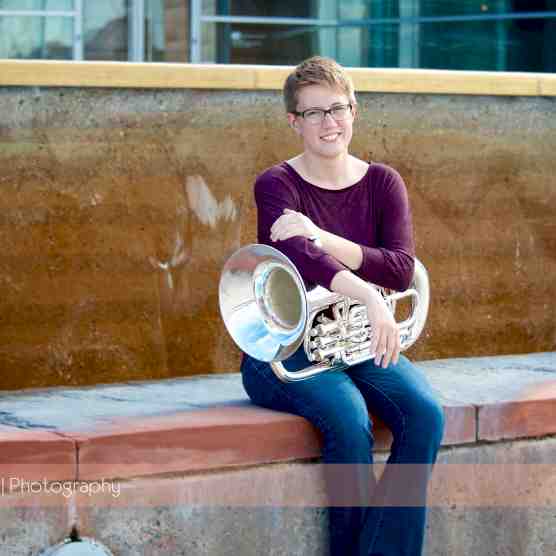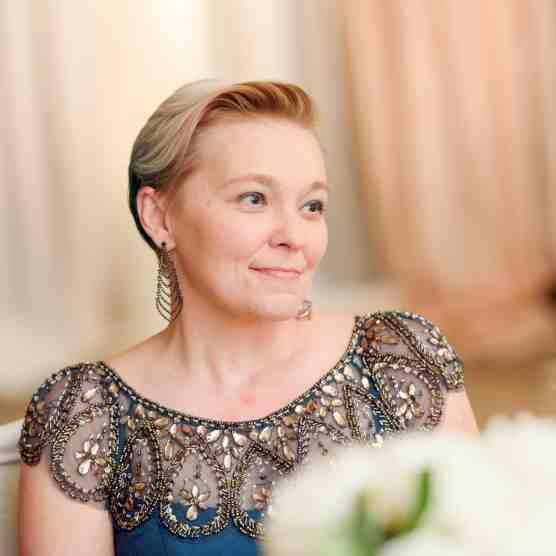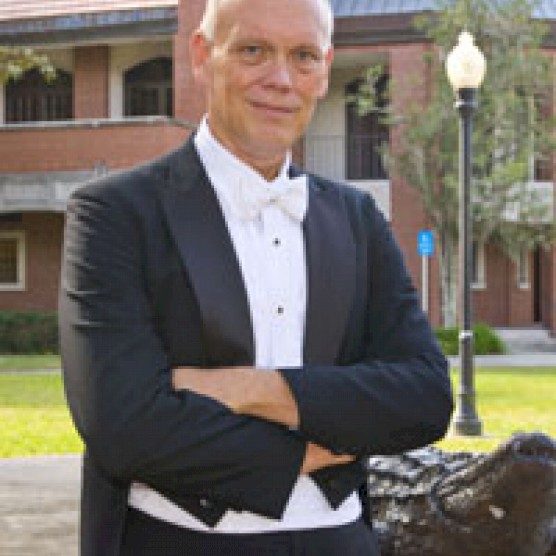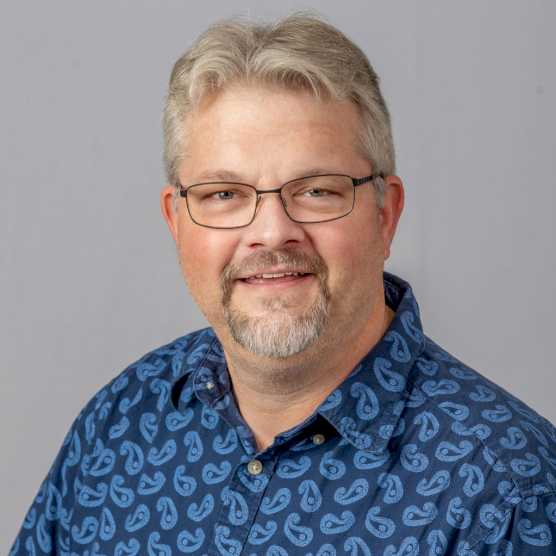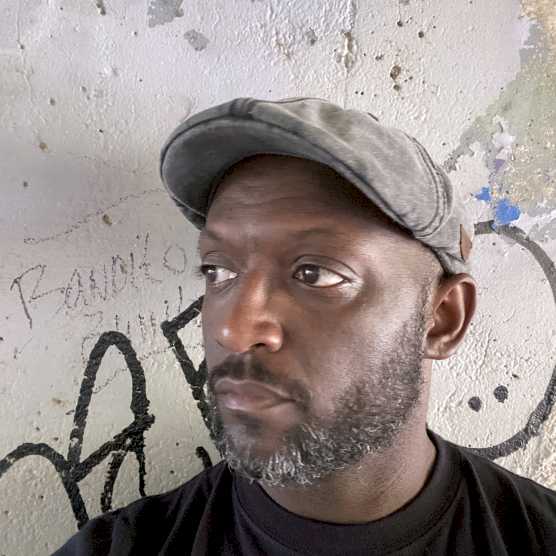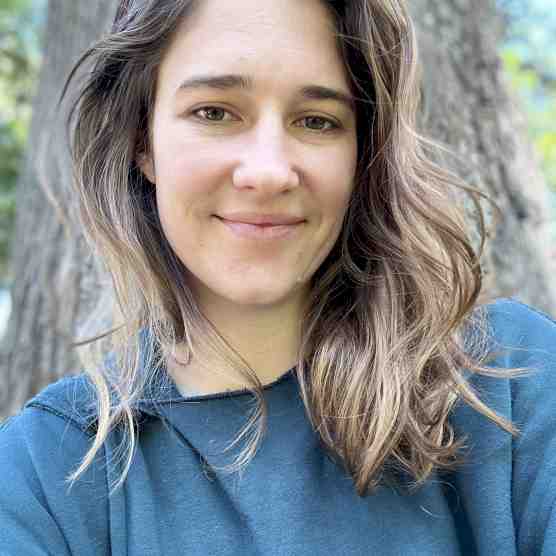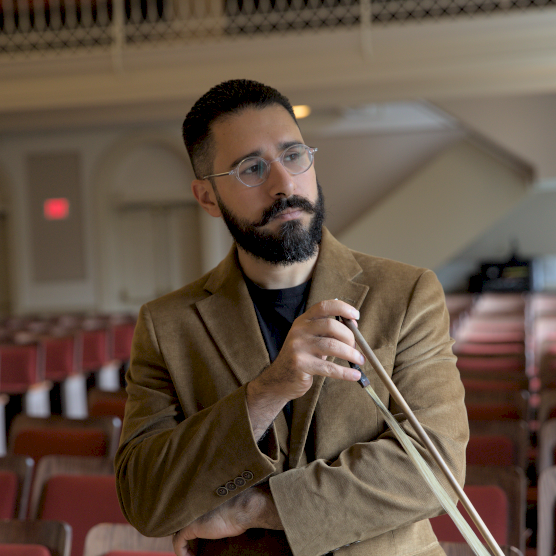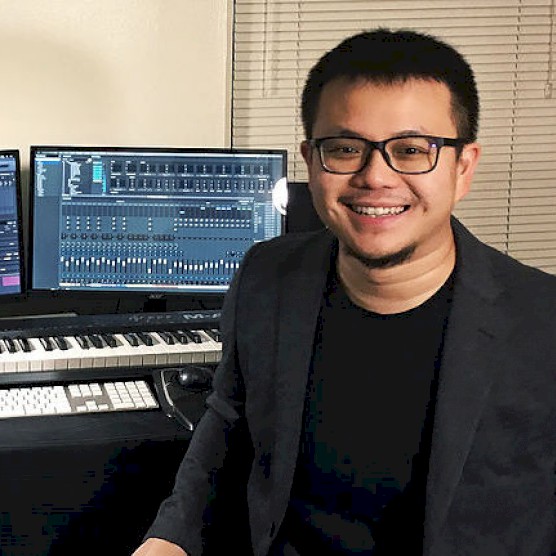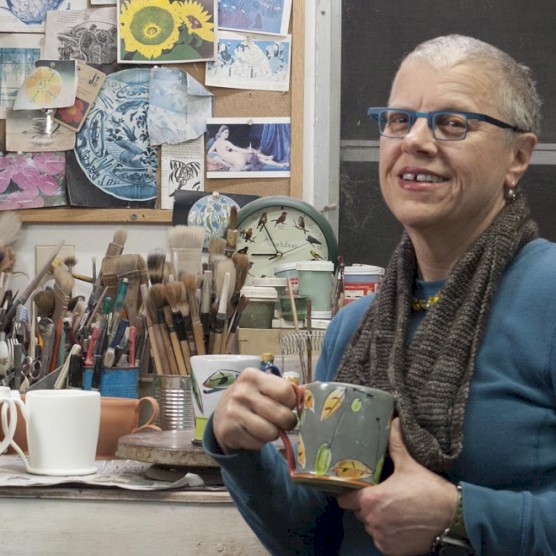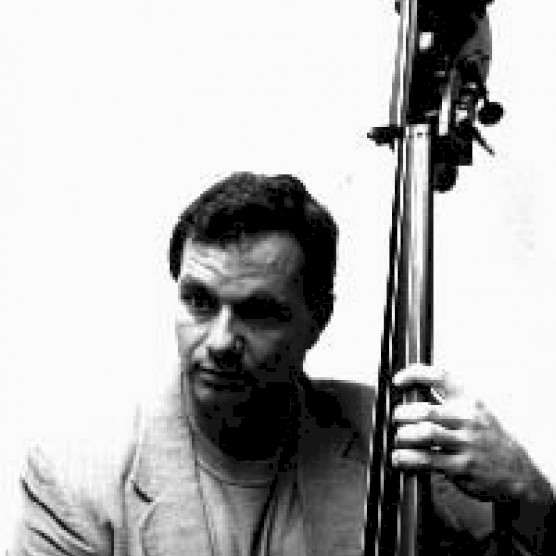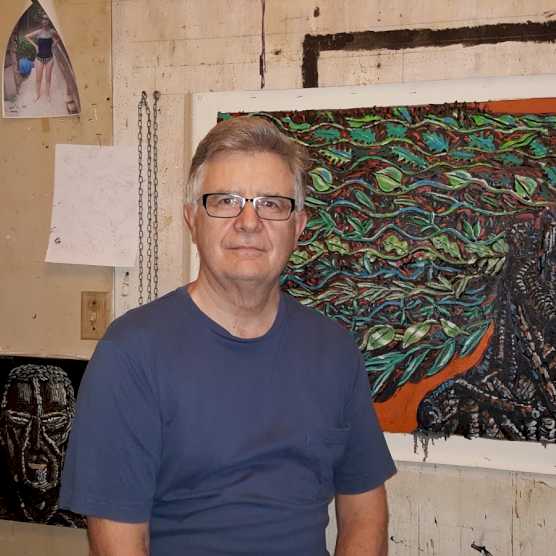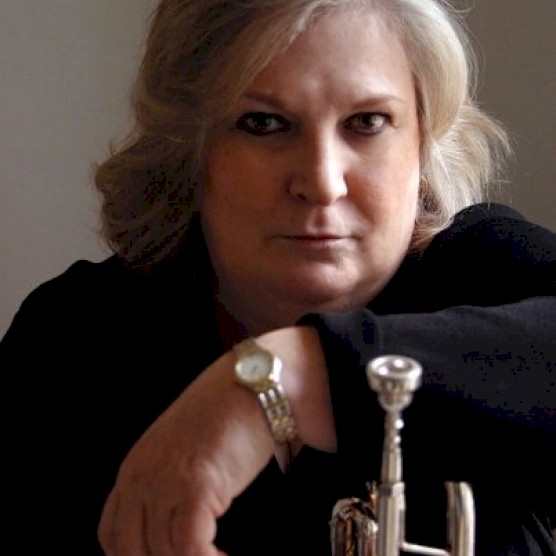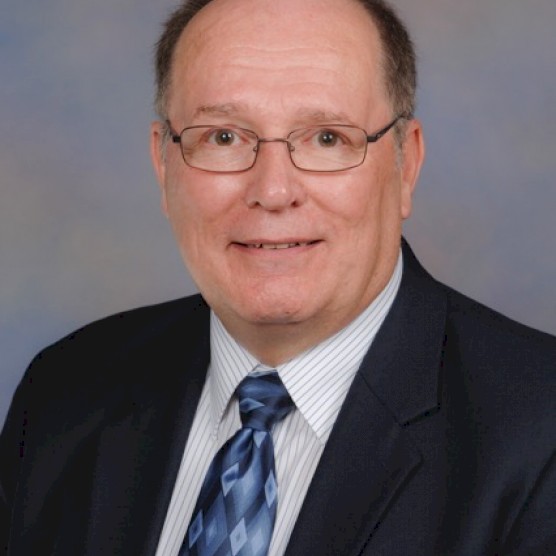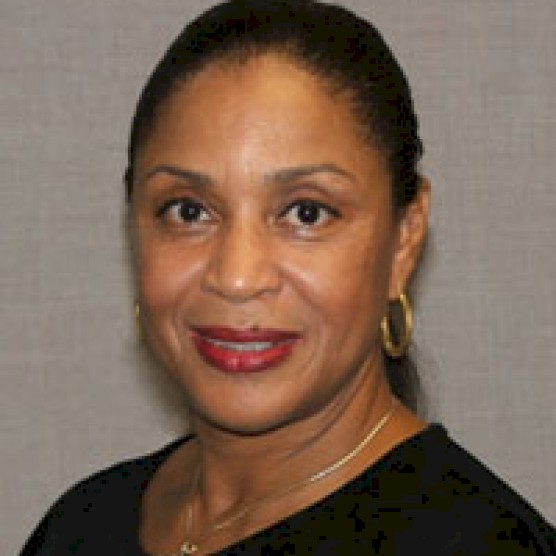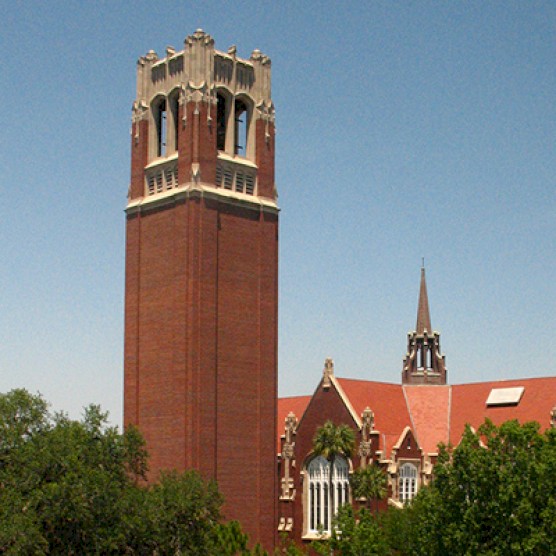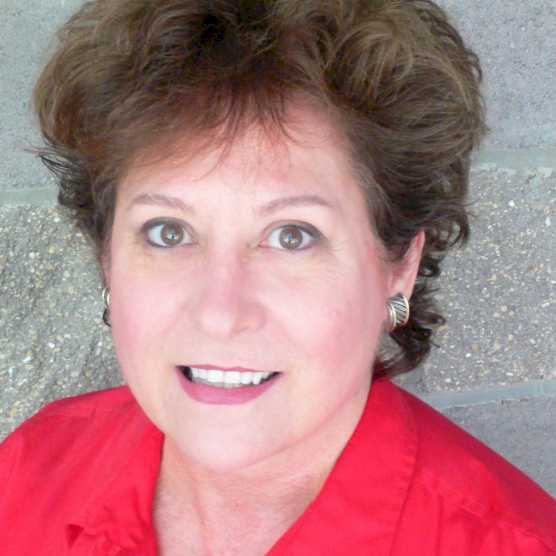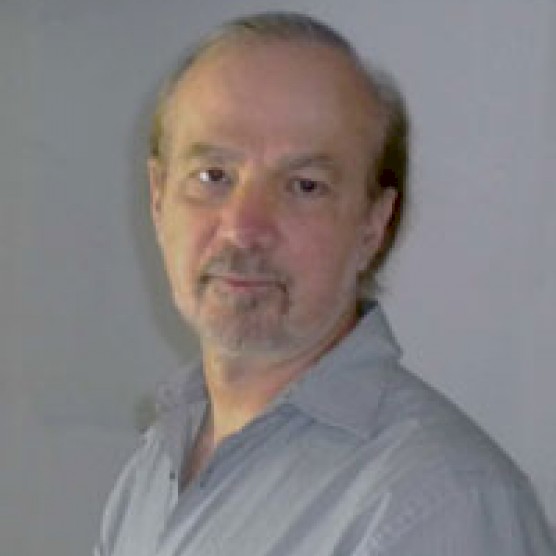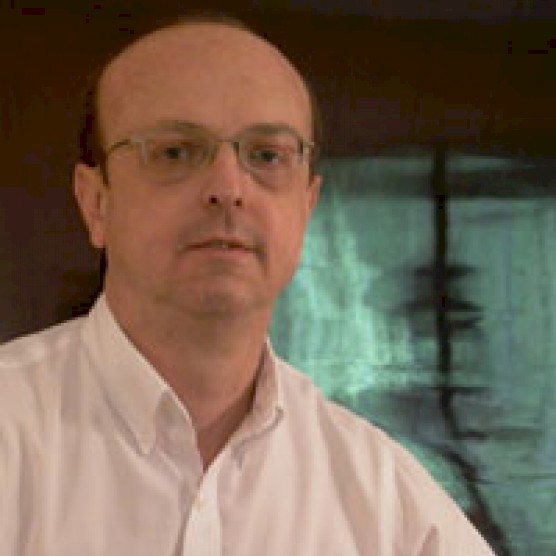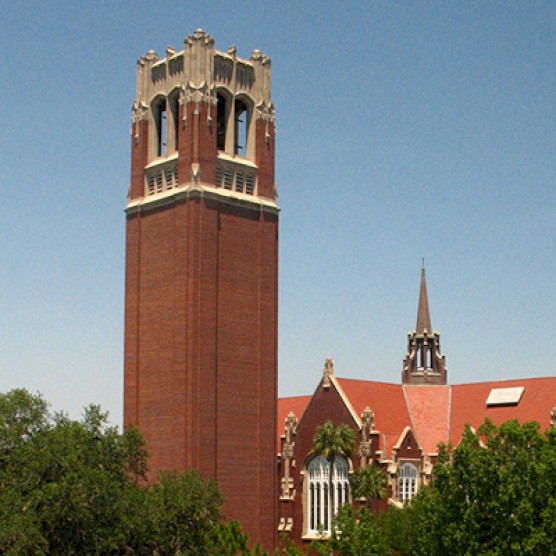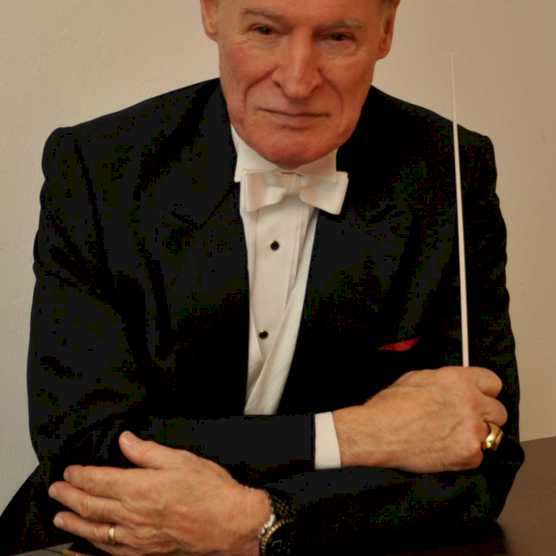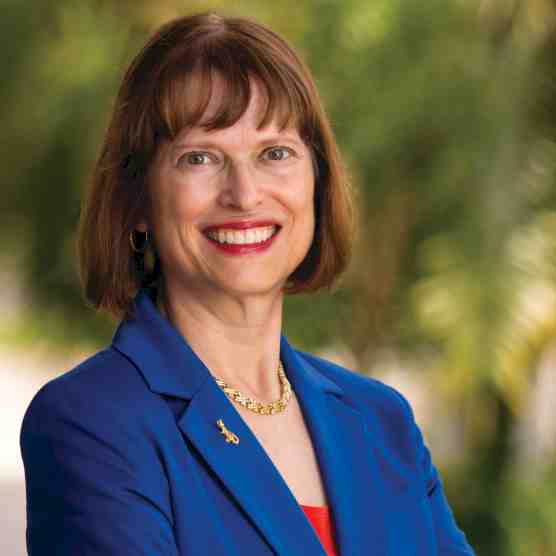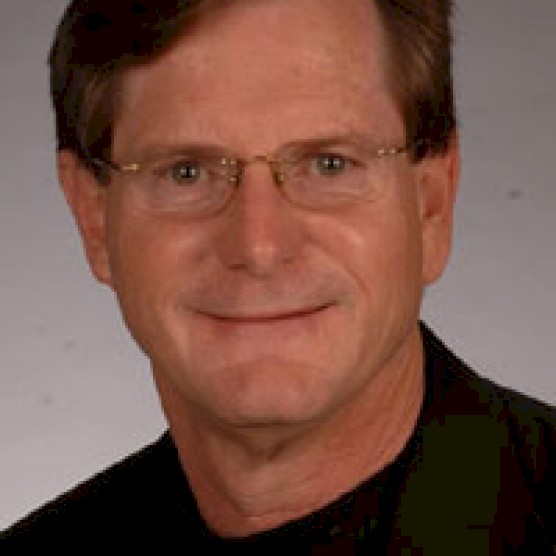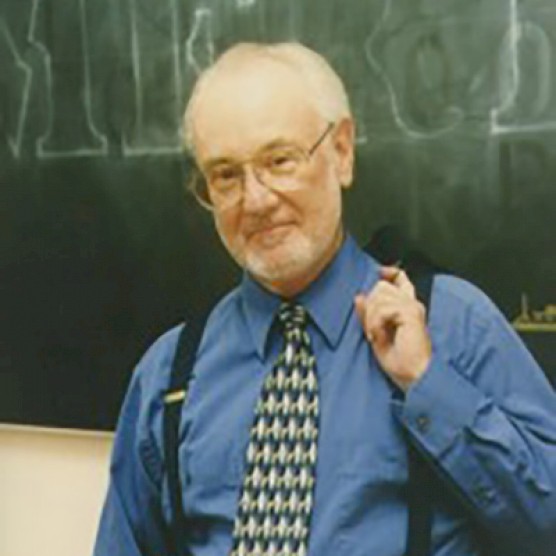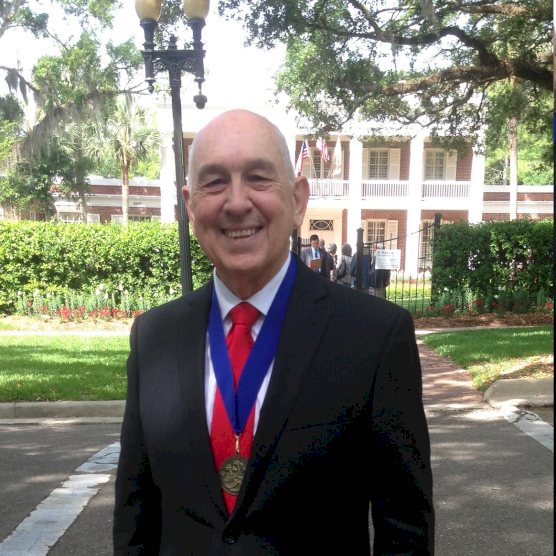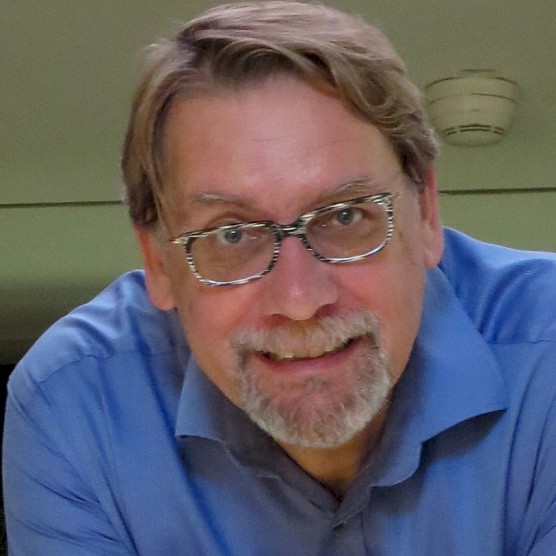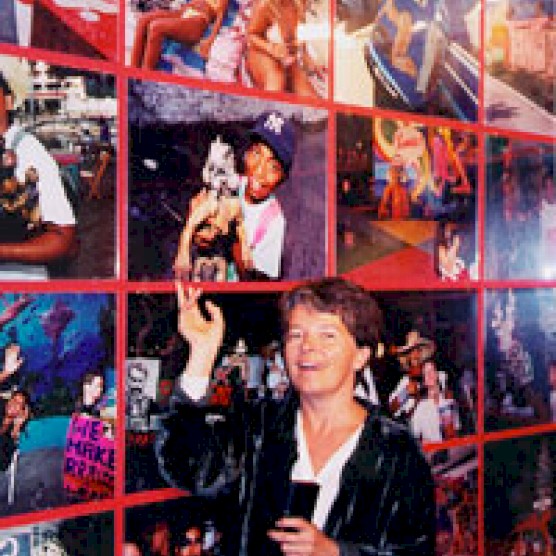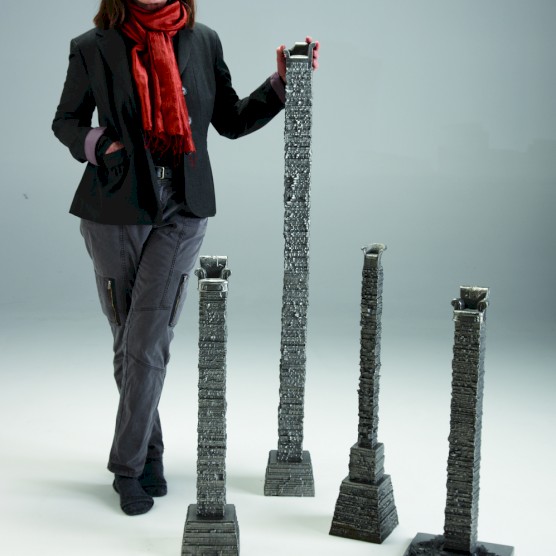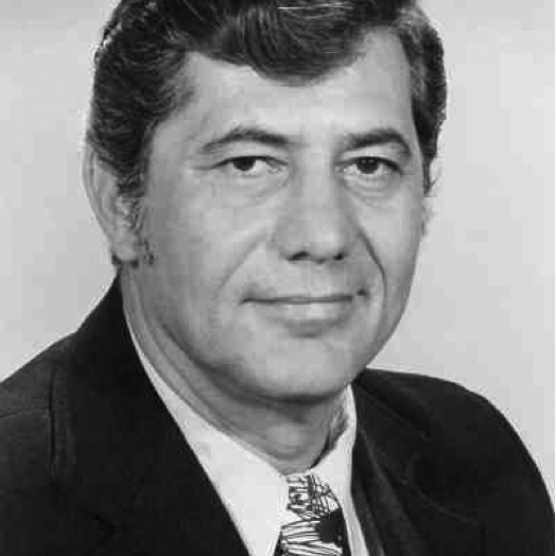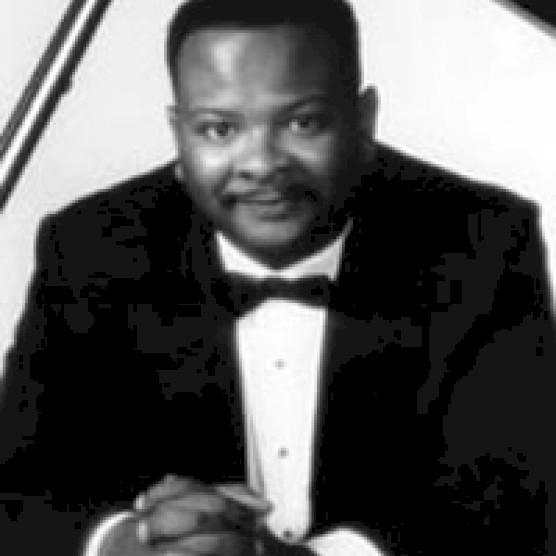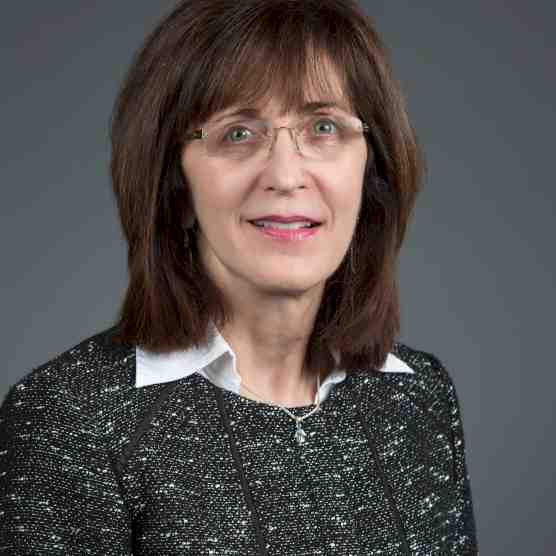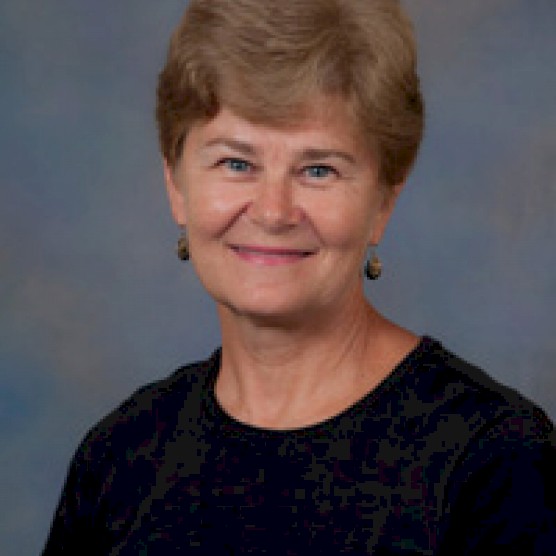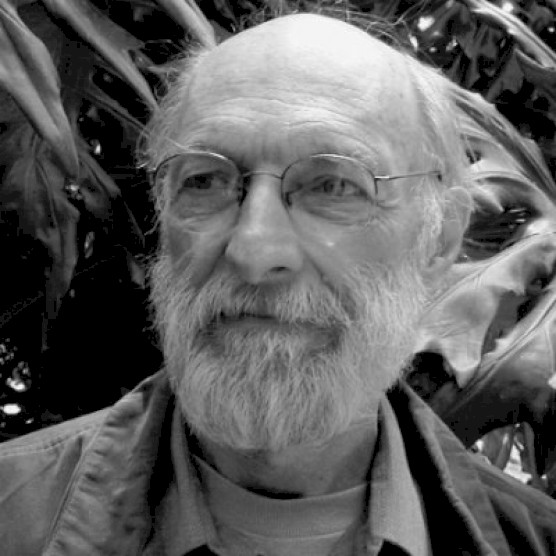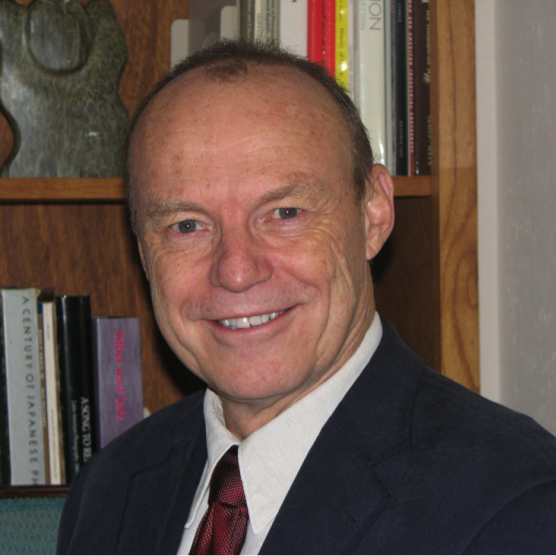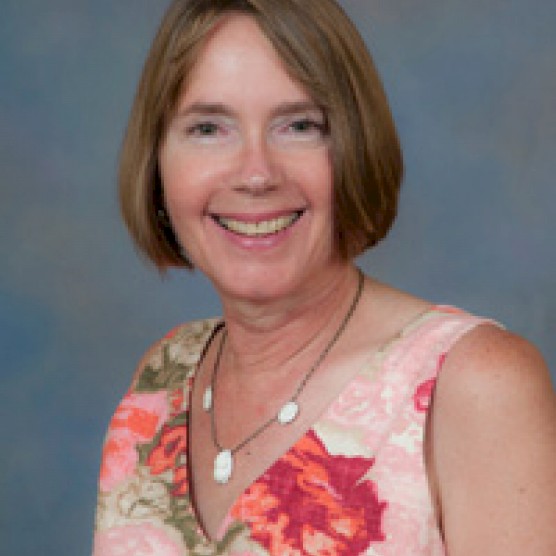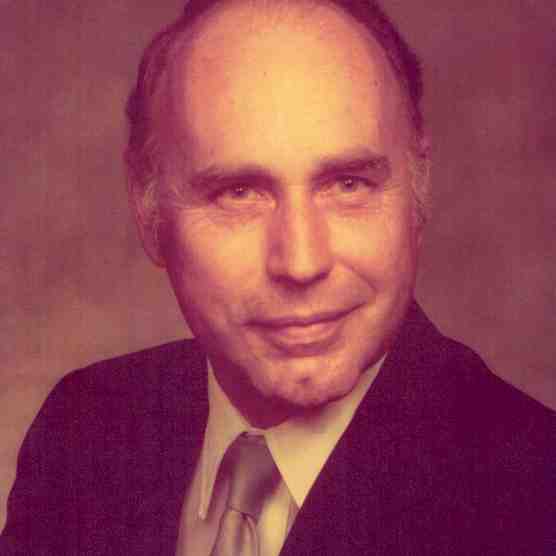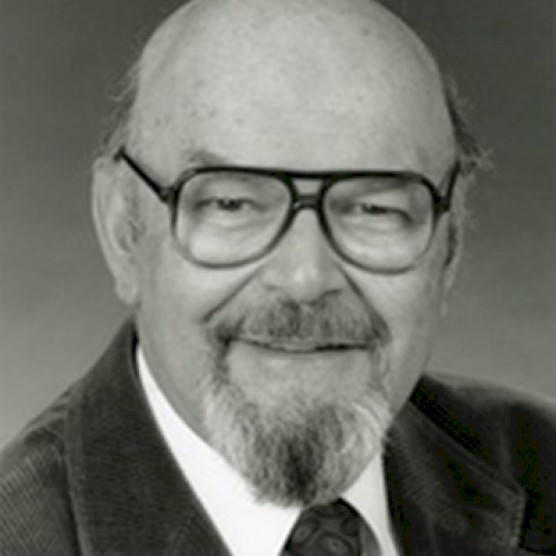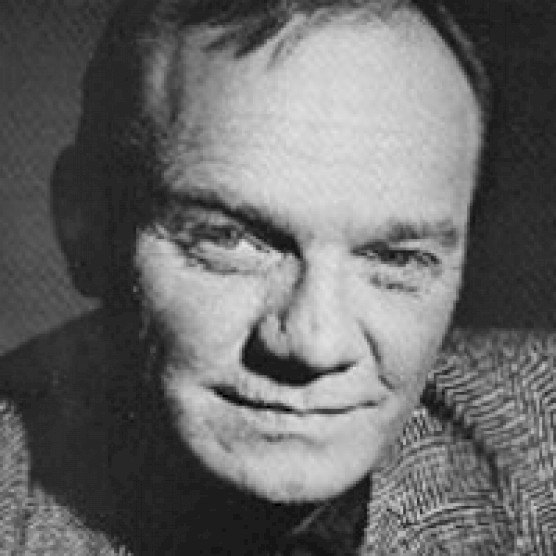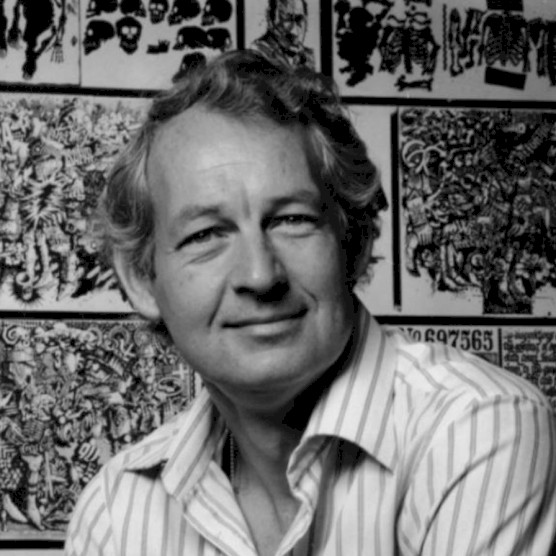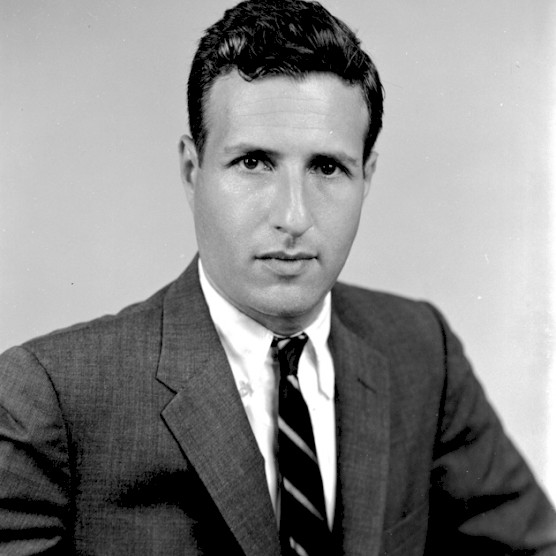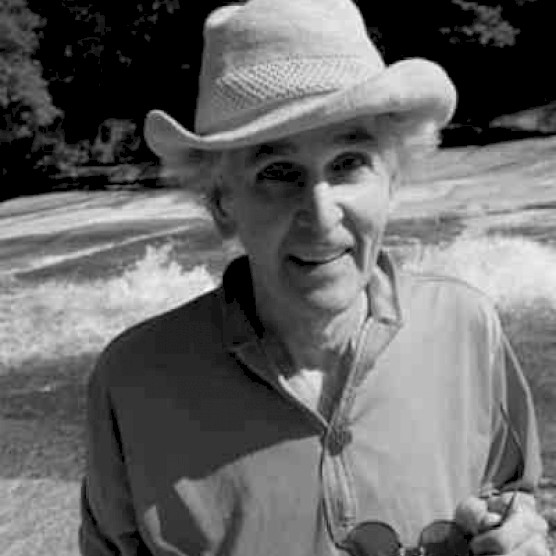Faculty & Staff Directory
All Departments / Everyone
- Dustin AdamsTeaching Lab SpecialistSchool of Art + Art HistoryAnalog Photography, Photography, Screen Printing ,and Risograph
- George AdamsAssistant ProfessorSchool of MusicMusic Theory
- Anaheta P AgahianBlockchain Lab ManagerDigital Worlds InstituteUF Blockchain Lab
- Tim AltmeyerAssociate ProfessorSchool of Theatre + DanceActing
- Jimmy AnuszewskiEnd User Computing Specialist IIIDean's OfficeIT Support
- Jasmin ArakawaAssociate ProfessorSchool of MusicPiano
- Angelos BarmpoutisProfessorDigital Worlds InstituteDigital Arts & Sciences
- Marlon Barrios SolanoMaker in ResidenceCenter for Arts, Migration and EntrepreneurshipAlgorithmic Creativity | AI, Art & Society | Creative Coding | Generative AI | Machine Learning | Synthetic + Embodied Cognition | Dance Improvisation
- Paul BaslerProfessorSchool of MusicFrench Horn
- Megan K BaucomFinance and Grants AccountantDean's Office
- William BauerProfessorSchool of MusicMusic Education, Director Online Master of Music in Music Education Program
- Todd F BedellMaster ElectricianSchool of Theatre + DanceTHE4950 Production Workshop Electrics
- Anthea BehmAssociate ProfessorSchool of Art + Art HistoryPhotography
- Margarita Bernal SantanaUndergraduate Academic Affairs CoordinatorDean's OfficeUndergraduate Academic Affairs
- Jorge BernalExhibition CoordinatorUniversity Gallery
- Anthony E BerryMaster CarpenterSchool of Theatre + Dance
- Colleen BeucherAssistant ProfessorSchool of MusicApplied Voice, Quest 1: Artistic Revelation
- Archie G Iv BirknerAssociate ProfessorUniversity of Florida BandsEnsembles, Conducting
- Heidi BoisvertAssociate ProfessorSchool of Theatre + DanceAI and the Arts / Immersive Performance Technologies
- Summer BradyFiscal Assistant IIDean's OfficeTravel and Purchasing
- Lexi BraunAdministrative CoordinatorCenter for Arts, Migration and Entrepreneurship
- Rose BriccettiAssistant ProfessorSchool of Art + Art HistoryPainting, Drawing
- Kenneth Lee BroadwayProfessorSchool of MusicPercussion
- Timothy S BrophyProfessorSchool of MusicMusic Education
- Darius D BrownLecturer in Digital Arts & SciencesDigital Worlds InstituteMotion Design, Cinematography, Virtual Production, Audio Design,
- Katie BrunoAssistant In AdvisingSchool of Art + Art History
- Derek S BurdetteAssistant ProfessorSchool of Art + Art HistoryLatin American Art
- Xan BurleyAssistant ProfessorSchool of Theatre + DanceContemporary Dance Practice + Choreography, Interdisciplinary Performance, Dance Pedagogy
- Piper H CallExecutive AssistantDean's OfficeDean's Assistant
- Chelsea CantrellLecturer in Digital Arts & SciencesDigital Worlds Institute2D Animation, Digital Production, Illustration, Storyboarding
- Andrew CaoSenior LecturerSchool of Theatre + DanceMusical Theatre & Dance
- Brian CapleFacilities and Operations SpecialistSchool of Art + Art History
- Dianne CapleAdministrative Specialist IIISchool of Art + Art HistoryStaff Council Secretary
- Oaklianna M CaraballoArt in State Buildings AdministratorDean's OfficeFlorida's Art in State Buildings at the University of Florida, Public Art
- Sean J Patrick CarneyAssistant ProfessorSchool of Art + Art HistoryWorkshop for Art Research and Practice (WARP)
- Rachel CarricoAssistant ProfessorSchool of Theatre + DanceDance Studies
- Ferol CarytsasDirector of the Center for Arts in Medicine & LecturerCenter for Arts in MedicineArts in Health, Music
- Dionne Nicole ChampionResearch Assistant ProfessorCenter for Arts in MedicineSTEM and Arts Integration, STEAM Making (Learning through Dance Makerspaces), Embodiment and Learning, Dance Physics, Communicating Identity through Movement, Community Engaged Research
- Hyungjun ChoAssistant Professor of AI & DesignSchool of Art + Art HistoryHuman-Computer Interaction, AI and Design
- Bash ChoudhryLead Web Developer and ManagerDean's Office
- Michael J ChristopherTeaching Lab SpecialistSchool of Art + Art HistoryArt + Technology, Graphic Design
- Mutlu G Citim-KepicDirector of Music Admissions and Undergraduate Student ServicesSchool of MusicMusic Admissions, Undergraduate Student Services, Recruitment, Enrollment Management
- Silviu O CiuleiAssistant ProfessorSchool of MusicGuitar Studies
- Mihai A CiupeAssociate ProfessorSchool of Theatre + DanceScene Design
- Michael ClarkAssociate in Multimedia ArtsDigital Worlds InstituteDigital Arts and Sciences
- Maggie CliffordVisiting LecturerCenter for Arts in MedicineMusic in Medicine, Musical Elements of Emotion
- David J. ClulowVisiting LecturerSchool of Art + Art HistoryDesign
- Jessica R CollinsUndergraduate Student Recruitment and Student Lifecycle SpecialistDean's Office
- Andres ColmenaresGraduate Programs Marketing and Recruitment SpecialistCenter for Arts in MedicineCAM Graduate and Marketing Specialist
- Oṣubi CraigCenter DirectorCenter for Arts, Migration and EntrepreneurshipArts Administration, African Diasporic Music and Dance
- Jared M CraneTechnical Systems OperatorDigital Worlds InstituteDigital Worlds Operations, Audio/Video/Lighting/Streaming
- Laura DallmanAssistant ProfessorSchool of MusicMusic History
- Jennifer DasherAssociate Professor & Assistant Director of School of Theatre + DanceSchool of Theatre + DanceGraduate Design Program Coordinator
- Colleen M DavoliPublicist & Archivist / House ManagerSchool of Theatre + Dance
- Chloe DeanAdministrative Specialist
- Wendi Decker-MillerAssistant to the DirectorSchool of Theatre + Dance
- Tim DifatoActing Director & Associate InDigital Worlds InstituteEmerging Media, Production, and Design
- Gabriel A DisgdierttIT SpecialistDean's Office
- Silvio dos SantosAssociate ProfessorSchool of MusicArea Coordinator, Musicology and Ethnomusicology
- Lisa Dozier ShacketProfessor of PracticeSchool of Theatre + DanceTheatre Management, Producing
- Rujeko DumbutshenaAssistant ProfessorSchool of Theatre + DanceContemporary African and African Diasporic Dance Practices, First Year Dance Ensemble
- Laura EllisProfessor and Associate School DirectorSchool of MusicOrgan, Carillon, Harpsichord
- MASATOSHI ENOMOTOEquipment and Event Support SpecialistSchool of Music
- Julie A EsbjornCommunications and Marketing SpecialistSchool of MusicCommunications and Marketing Specialist
- Mitchell EstrinProfessorSchool of MusicClarinet
- Conor FieldsSculpture Teaching Lab SpecialistSchool of Art + Art History
- Holly FranklinMarketing Manager and Graphic DesignerDean's Office
- Joan D. FroschProfessorSchool of Theatre + DanceDance
- Jeremy A FruscoResearch AssistantCenter for Arts, Migration and Entrepreneurship
- Jesús FuenmayorDirector and CuratorUniversity GalleryMuseum and Curatorial Studies
- Douglas GabrielAssistant ProfessorSchool of Art + Art HistoryGlobal Contemporary Art History
- Isabel Mercedes Garcia-RoseMaster LecturerSchool of Theatre + DanceDance, Ballet, Pointe, Somatics 2
- Tiza GarlandSchool Director and Associate ProfessorSchool of Theatre + DanceMovement, Stage Combat, Acting
- Kali GeigerDevelopment AssistantDean's Office
- Victoria R GersonLecturerSchool of Art + Art HistoryGraphic Design
- Katerie H GladdysAssociate ProfessorSchool of Art + Art HistoryArt + Technology
- Jenny GoelzProducing Director & Senior LecturerSchool of Theatre + DanceProduction Manager, Senior Lecturer in Stage Management
- Adrian A GonzalezAssistant ProfessorSchool of Art + Art HistoryPrintmaking
- Komal GoswamiAdministrative AssistantSchool of Art + Art History
- Dori GriffinAssociate ProfessorSchool of Art + Art Historygraphic design, design history, visual culture, visual rhetoric
- Patrick A GrigsbyLecturerSchool of Art + Art HistoryStudio Art Lecturer and Graduate Information Coordinator
- A GrixVisiting Assistant ProfessorSchool of Art + Art HistoryCeramics
- Seojoo HanAssistant ProfessorSchool of Art + Art History
- Marshall A HaningActing Associate Dean for Academic and Student AffairsDean's OfficeChoral Music Education
- Brian D HargroveAssistant InSchool of Theatre + DanceMusical Theatre, Opera Workshop
- Peter T HaringIT DirectorDean's OfficeCollege IT Director, support service and security liaison
- Emily HartAssistant ProfessorSchool of Music
- Matty HartGraduate Advising AssistantDean's OfficeGraduate Program, Advising
- Barry HartzAssistant ProfessorSchool of MusicMusic Education
- George (Nick) HeitzmanSenior LecturerDigital Worlds InstituteGame Development, Senior Project Games
- Jonathan A HeltonProfessorSchool of MusicSaxophone
- Kaitlin HendersonAssistant Professor in Theatre and ActingSchool of Theatre + DanceActing, Shakespeare & Classical Text
- Jenny R HillGrants Development ManagerDean's OfficeGrant Proposal Development, Research Administration, Training & Professional Development
- Mark C HodgeVisiting Assistant ProfessorSchool of Art + Art HistoryRoman Art, Late Antique and Early Medieval European Art
- Lauren HodgesAssociate ProfessorSchool of MusicViola, Music Appreciation
- Kimberly HollowayAdministrative SpecialistDigital Worlds Institute
- Melissa HydeAssociate School Director, Professor and Distinguished Teaching ScholarEuropean Art of the "Long" Eighteenth-Century (ca 1670-1830)
- Seung Hyuk JangAssociate in Digital Arts & SciencesDigital Worlds Institute3D Modeling, 3D Animation, Motion Graphics
- Millicent JohnnieVisiting Associate ProfessorSchool of Theatre + DanceDance, specializing in cinema, story development and interdisciplinary work with a focus on community engagement and cultural producing
- Angela JonasAdministrative Support AssistantSchool of Music
- Ashley Elizabeth JonesAssociate ProfessorSchool of Art + Art HistoryRoman Art; Late Antique, Early Medieval and Byzantine Art
- Sarah E JoyUndergraduate Admissions and Advising AssistantSchool of Art + Art HistoryUndergraduate Advising
- Hyo KangAssistant Professor in Digital Arts & SciencesDigital Worlds InstituteVirtual Reality, UI/UX Design
- Aaron KarlsonLecturer in Digital Arts & SciencesDigital Worlds Institute3D Modeling, 2D/3D Character Animation, Illustration/Motion Graphics
- Aleya Elise KashmiryUF Bands Office ManagerUniversity of Florida Bands
- Willard Ray KeslingProfessor and Program DirectorSchool of MusicChoral
- Marie KesslerOperations and Program ManagerCenter for Arts, Migration and Entrepreneurship
- Eury KimVisiting Assistant ProfessorSchool of Art + Art HistoryGraphic Design
- Phillip J. KlepackiAssociate In Advising for Distance EducationDean's OfficeDistance Education; Academic Advising; Program Administration; Music History & Literature; Choral Music
- Kendall L KrogerAcademic Assistant II
- Alexis KurtzmanWARP/Printmaking Teaching Lab SpecialistSchool of Art + Art History
- Honey LangfordHuman Resources Generalist IIDean's OfficePayroll, Leave, Hire Processes, General HR Questions
- Jennifer LeeMaster LecturerCenter for Arts in MedicineArts in Health, Dance/Movement Therapy
- Scott F LeeAssistant ProfessorSchool of MusicComposition
- Leo LeiAssistant ProfessorSchool of Theatre + DanceLighting Design and Production, Lighting Technology, Media Design
- Carla S. LewisSPARC Project ManagerCenter for Arts, Migration and EntrepreneurshipProject Management, Community Engagement
- Álvaro Luís LimaAssistant ProfessorSchool of Art + Art HistoryAfrican Art
- Jeni Lomnick HigginsAcademic Administrative SpecialistSchool of Theatre + DanceAcademic Administration; Wellness
- Eric LoscheiderVisiting Assistant ProfessorSchool of Theatre + DanceActing, Movement, Stage Combat
- Shannon LoweAssociate ProfessorSchool of MusicBassoon, Aural Skills
- Janna L LowerProfessorSchool of MusicViolin
- Tiffany LuAssistant ProfessorSchool of MusicSymphony Orchestra, Graduate Conducting
- Logan A MarconiVisiting Assistant ProfessorSchool of Art + Art HistoryPainting, Drawing
- Justin MarlinAssociate Director, Student Affairs and AdministrationDigital Worlds InstituteStudent Affairs, Academic Administration, Communications
- Kristen MartinoVisiting Assistant ProfessorSchool of Theatre + DanceScenic Design
- Victoria L MastersAccounting CoordinatorDean's OfficeBusiness Office
- Tony MataProfessorSchool of Theatre + DanceHead of Musical Theatre
- Marq MervinAssistant ProfessorSchool of Art + Art HistoryGraphic Design/Design & Visual Communications
- Kaley MestayerReceptionistDean's Office
- Kenneth K MetzkerAssistant In Musical AccompanimentSchool of Theatre + DanceMusic Accompanist+Coordinator, Music for Dance Instructor. Percussion Instructor for Jacaré, Afro-Pop, and Mundo Flamenco Ensembles in the School of Music.
- Jacque Micieli-VoutsinasAssistant ProfessorSchool of Art + Art HistoryMuseum Studies
- Sean Owen MillerAssociate ProfessorSchool of Art + Art HistoryInterventionist Art, Sculpture and WARP
- Charlie MitchellProfessorSchool of Theatre + DanceGeneral Theatre, Improvisation, Directing, Playwriting
- Evan MitchellAssistant ProfessorSchool of MusicPiano
- Barb MitolaDirector of Human ResourcesDean's OfficeHuman Resources
- Allison MooreVisiting Assistant ProfessorSchool of Art + Art HistoryArt History
- Porchia MooreAssociate Professor & Associate Director of the Center for Arts, Migration and EntrepreneurshipSchool of Art + Art HistoryMuseum Studies
- Matt MorganSenior LecturerSchool of Theatre + DanceMusical Theatre Voice
- Nicole MorganResearch ManagerCenter for Arts in Medicine
- Julia MorrisroeProfessorSchool of Art + Art HistoryDrawing and Painting
- Charlotte MorseAssistant Director of Strategic InitiativesDean's Office
- Imani MosleyAssistant ProfessorSchool of MusicMusicology, Music History
- Joseph MusgroveCostume Shop ManagerSchool of Theatre + DanceProduction Workshop (Costumes)
- Dana Lynn MyersSenior Associate in AdvisingSchool of Art + Art HistoryUndergraduate Advising
- Hanna L. MyllaerinenAdministrative SpecialistCenter for Arts in Medicine
- Anika NathanDirector of FinanceDean's OfficeBudget, Finance, and Business Management
- Ali NottkeAssistant in AdvisingSchool of Theatre + DanceUndergraduate Advising
- Eamon O'ConnorSenior LecturerDigital Worlds InstituteDigital Arts and Sciences
- Tony OfferleAssociate ProfessorSchool of MusicVoice/Opera
- James Charles OliverioProfessorDigital Worlds InstituteDigital Arts & Sciences; Music
- Lisa M OppelGrants AccountantDean's Office
- Kevin Robert OrrSchool Director and ProfessorSchool of MusicPiano
- Onye P OzuzuProfessorSchool of Theatre + DanceDance Technique, Dance Studies, Composition, Improvisation
- Alexandra PassAssistant in AdvisingDigital Worlds InstituteUndergraduate Academic Advising, Student Success
- Rich PellegrinAssociate ProfessorSchool of MusicMusic Theory, Jazz and Commercial Music
- Alexander PershouninAssistant ProfessorSchool of MusicClassical and Jazz/Commercial Double Bass and Bass Guitar Studio
- Christopher W. PfundAssociate ProfessorSchool of MusicStudio Voice, Song Literature, Voice Area Coordinator
- Lynette PfundOpera Theater Production AssistantSchool of Music
- Charles W. PickeralSenior LecturerSchool of MusicFine Arts/Music
- Heidi C PowellProgram Director and Associate ProfessorSchool of Art + Art HistoryDirector of Graduate Studies for Art Education Program Online
- Alfred K Price IIFiscal Assistant llDean's OfficeFiscal Assistant II
- Braxton RaeVisiting Research Assistant ProfessorCenter for Arts, Migration and Entrepreneurship
- Derek O ReevertsTeaching Lab SpecialistSchool of Art + Art History
- Natalie RellaCommunications SpecialistCenter for Arts in MedicineCommunications Specialist
- Paul RichardsProfessorSchool of MusicComposition
- Jesse J RingAssistant ProfessorSchool of Art + Art HistoryCeramics and Sculpture
- Jemmie RobertsonAssociate ProfessorSchool of MusicTrombone
- Laura RobertsonSenior Associate in Graduate StudiesDean's OfficeGraduate Student Affairs
- Maria RogalProfessorSchool of Art + Art Historygraphic design / design & visual communications, co-design
- Jillian RogersAssistant ProfessorSchool of MusicMusicology
- Elizabeth RossSchool Director and Associate ProfessorSchool of Art + Art HistoryLate Medieval and Renaissance Art History
- Colleen RuaActing Associate Dean & Associate ProfessorDean's OfficeTheatre Studies, Performance Studies, Directing, Latinx Theatre, Musical Theatre
- Jose V Ruiz-RestoAssociate ProfessorSchool of MusicFounder & Coordinator of UF Music Business & Entrepreneurship Program (Certificate; Bachelor's; Master's; and Doctoral Tracks)
- James Paul SainProfessorSchool of MusicComposition
- Kelley C SamsCourtesy Assistant ProfessorCenter for Arts in MedicineArts in Health, Art as Data, Ethnography
- Markus SantosoAssistant ProfessorDigital Worlds Institute
- Christopher ScanlonAssistant ProfessorSchool of MusicTrumpet, Brass Literature, Chamber Music
- Susan SchuldAssociate ProfessorSchool of Theatre + DanceVoice, Speech, Accents & Dialects for the Actor
- Jashodhara SenAssistant Professor & Assistant Director of School of Theatre + DanceSchool of Theatre + DanceTheatre History and Theory, Dramaturgy, Directing
- Jennifer SetlowInterim Dean & Associate ProfessorDean's Office
- Megan SheridanAssociate ProfessorSchool of MusicMusic Education
- Stephanie D SilbermanCreative Campus and College Events ManagerDean's OfficeStrategic Events, Interdisciplinary Research
- Rachel SilveriAssistant ProfessorSchool of Art + Art HistoryModern Art
- Katie SimonHuman Resources GeneralistDean's OfficeHuman Resources
- Manuel SimonsAssistant ProfessorSchool of Theatre + DanceActing, Directing, Devised Theatre, Solo Performance, Applied Theatre
- Brian L SlawsonAssociate ProfessorSchool of Art + Art HistoryGraphic Design Faculty
- Brenda Jo SmithAssociate ProfessorSchool of MusicVoice
- Craig SmithAssociate ProfessorSchool of Art + Art History
- Jessi SmithStrategic Communications SpecialistDean's Office
- Augusto SoledadeProfessorSchool of Theatre + DanceDance
- Jill K SonkeResearch Director and Research ProfessorCenter for Arts in MedicineArts in Medicine, Dance
- Kalyssa SpethAssistant Costume Shop ManagerSchool of Theatre + DanceAssistant Costume Shop Manager
- Heather SpoonerAssociate ScholarCenter for Arts in MedicineGraduate Arts in Medicine Programs, Creative Arts Therapy, Military and Veterans, Telehealth
- Alex SpringerAssistant ProfessorSchool of Theatre + DanceContemporary Dance, Choreography, Improvisation, Multi-disciplinary Performance, Dance Media, Anatomy and Kinesiology
- Maya Stanfield-MazziProfessorSchool of Art + Art HistoryPre-Columbian/Latin American Art
- Jack StennerAssociate ProfessorSchool of Art + Art HistoryArt + Technology
- Kristen Lia StonerProfessorSchool of MusicFlute
- Marko SuvajdzicAssociate Director and ProfessorDigital Worlds InstituteVideo Game Design, New Media Entrepreneurship, Digital Arts And Sicences.
- Bethany Leighanne TaylorAssociate ProfessorSchool of Art + Art HistoryDrawing + Workshop for Art Research and Practice (WARP)
- Brian TaylorAssistant InSchool of MusicUndergraduate Student Services
- Brandon W TelgAcademic Program SpecialistCenter for Arts in Medicine
- Steven ThomasProfessorSchool of MusicCello
- Michelle TillanderAssociate ProfessorSchool of Art + Art HistoryArt Education
- Ryan Hope TravisAssistant ProfessorSchool of Theatre + DanceActing for the Camera, African American Theatre + Solo Performance
- Welson Alves TremuraProfessorSchool of MusicEthnomusicology, World Music, Guitar, Technology, Latin American Studies
- Ethan TrippOperations ManagerDigital Worlds InstituteDigital Worlds Operations, Audio/Video/Lighting/Streaming
- Hsiang TuAssistant ProfessorSchool of MusicPiano
- Frederick M. C. Van AmstelAssociate ProfessorSchool of Art + Art HistoryService Design
- Danielle VanTuinenAssistant ProfessorSchool of MusicLow Brass, Tuba, Euphonium
- Sergio VegaProfessorSchool of Art + Art HistoryPhotography & Sculpture
- Jessica WardFiscal Assistant IIDean's OfficeBusiness Office, Course Fees/Purchasing
- John M Jr (Jay) WatkinsAssociate ProfessorUniversity of Florida BandsBand, Conducting, Music Education
- David Allen WaybrightProfessor and Director of BandsUniversity of Florida BandsInstrumental Conducting
- Trent W WellerFacilities Operations SpecialistSchool of MusicSchool of Music facility and event coordination, logistical support, procurement, maintenance, and security. Staff Council Board Member.
- Antoine WilliamsAssistant ProfessorSchool of Art + Art HistoryDrawing
- Scott T WilsonAssociate ProfessorSchool of MusicJazz Studies
- Whitney R WilsonVisiting Lecturer in Arts in HealthCenter for Arts in MedicineIntroduction to Arts in Medicine, Dance in Medicine
- Amelia Winger-BearskinAssociate Professor of AI and the ArtsDigital Worlds InstituteDigital Arts and Sciences, Banks Preeminence Chair
- Payam YousefiAssistant ProfessorSchool of MusicEthnomusicology, Musicology
- Jan Ignacy ZamojskiFront Desk CoordinatorDigital Worlds Institute
- Tom ZhangLecturerSchool of Theatre + DanceStage Management
- Jing ZhaoSenior LecturerSchool of Theatre + DanceSound Design and Engineering
- Linda J ArbuckleProfessor EmeritusSchool of Art + Art HistoryCeramics
- Kevin P AustinSenior Associate In AdvisingSchool of Theatre + DanceUndergraduate Advising
- Willis BodineProfessor EmeritisSchool of Music
- Russella BrandmanAssociate Professor EmeritaSchool of Theatre + Dancedance, arts and health
- Yanci BukovecAssociate Professor EmeritusSchool of Theatre + DanceVoice & Speech, Directing
- Ronald G BurrichterProfessor EmeritusSchool of MusicVoice
- Anna Calluori HolcombeProfessor EmeritusSchool of Art + Art HistoryCeramics
- Kevin Arthur Milton CassedayLecturerSchool of MusicBass
- Raymond A ChobazProfessor EmeritusSchool of MusicOrchestra
- Larry Norman CrookProfessor EmeritusEthnomusicology
- Jerry CutlerProfessor EmeritusSchool of Art + Art History
- Joyce DavisProfessor EmeritusSchool of Music
- Jerry DickeyProfessor EmeritusSchool of Theatre + Dance
- John Andrew DuffProfessor Emeritus of Music EducatonSchool of Music
- Elizabeth P GrahamProfessor EmeritusSchool of MusicVoice
- John GrigsbyProfessor EmeritusSchool of Music
- Richard C HeippProfessor EmeritusSchool of Art + Art HistoryPainting, Public Art
- Ruby HendersonProfessor EmeritusSchool of Music
- Marcia IsaacsonProfessor EmeritusSchool of Art + Art HistoryDrawing
- Ina JaegerProfessor EmeritusSchool of Music
- Ron JanowichAssociate Professor EmeritusSchool of Art + Art HistoryDrawing/Painting
- Stanley KayeProfessorSchool of Theatre + DanceLighting Design, Theater Technology, Theater Consulting and Design
- JOHN S KITTS-TURNERProfessor EmeritusSchool of Music
- Paul KoonceProfessor EmeritusSchool of MusicComposition
- David KremgoldProfessor EmeritusSchool of Art + Art History
- David Z. KushnerProfessor EmeritusSchool of MusicMusicology
- Robert G LangfordProfessor EmeritusSchool of MusicJazz Studies/Theory/Adminstration
- Lucinda LavelliProfessor and Dean EmeritaSchool of Theatre + Dance
- Kevin A MarshallProfessor EmeritusSchool of Theatre + DanceTheatre
- Donald McGlothlinProfessor and Dean EmeritusSchool of MusicMusic Ed/Clarinet
- Robert Charles MuellerAssociate Professor EmeritusSchool of Art + Art HistoryPrintmaking
- John O'ConnorProfessor EmeritusSchool of Art + Art History
- Michael Lynn PinkneyProfessorSchool of Theatre + DanceActing/ Dramatic Theory/ Dir. Minority Affairs
- Robin E PoynorProfessor EmeritusSchool of Art + Art HistoryAfrican Art
- Ralf RemshardtProfessorSchool of Theatre + DanceTheatre History, Performance Theory, Dramaturgy
- Barbara RevelleProfessor EmeritusPhotography/Art
- Celeste Ann RobergeProfessor EmeritusSchool of Art + Art HistorySculpture
- Russell L. RobinsonProfessor Emeritus of Music EducatonSchool of MusicMusic Education
- Dennis (Craig) RolandProfessor EmeritusSchool of Art + Art HistoryArt Education
- Joseph SabatellaProfessor EmeritusDean's Office
- Edward E SchaeferProfessor EmeritusSchool of Music
- John ScottProfessor EmeritusSchool of Art + Art HistoryArt History
- Kevin M SharpeAssociate Professor (retired)School of MusicPiano
- Terence SmallProfessor EmeritusSchool of Music
- Nan S SmithProfessor EmeritusSchool of Art + Art HistoryCeramics
- David StanleyAssociate Professor EmeritusSchool of Art + Art HistoryArt History
- Jennifer S ThomasAssociate Professor EmeritusSchool of MusicMusic History
- John WardProfessor EmeritusSchool of Art + Art HistoryArt History
- Albert WehlburgProfessor EmeritusSchool of Theatre + Dance
- Clementine WhiteProfessor EmeritusSchool of Music
- John WhiteProfessor EmeritusSchool of Music
- Judith W B WilliamsProfessor EmeritusSchool of Theatre + DanceActing/Directing
- Glenn WillumsonProfessor EmeritusSchool of Art + Art HistoryMuseum Studies
- Barbara A BarlettaProfessor EmeritusSchool of Art + Art HistoryClassical Art and ArchaeologyIn Honor and Memorial
- Willard BraskProfessor EmeritusSchool of MusicIn Honor and Memorial
- Roy CravenProfessor EmeritusSchool of Art + Art HistoryIn Honor and Memorial
- Raymond FergusonEmeritus Associate ProfessorSchool of Art + Art HistoryIn Honor and Memorial
- Sarah FouseEmeritus ProfessorSchool of MusicIn Honor and Memorial
- Eugene GrissomEmeritus ProfessorSchool of Art + Art HistoryIn Honor and Memorial
- James HaleEmeritus ProfessorSchool of MusicIn Honor and Memorial
- Charles HofferProfessorSchool of MusicMusic EducationIn Honor and Memorial
- Arthur C JenningsProfessor EmeritusSchool of MusicTromboneIn Honor and Memorial
- Elwood KeisterProfessor EmeritusSchool of MusicIn Honor and Memorial
- Kenneth KerslakeProfessor EmeritusSchool of Art + Art HistoryIn Honor and Memorial
- Ernest MurrayAssociate Professor EmeritusSchool of Art + Art HistoryIn Honor and Memorial
- Jack NichelsonProfessor EmeritusSchool of Art + Art HistoryIn Honor and Memorial
- Arnold PenlandProfessor EmeritusSchool of MusicIn Honor and Memorial
- David SheltonProfessor EmeritusSchool of Theatre + DanceActingIn Honor and Memorial
- Robert SkelleyProfessor EmeritusSchool of Art + Art HistoryIn Honor and Memorial
- Edward TroupinProfessor EmeritusSchool of MusicIn Honor and Memorial
- Jerry UelsmannProfessor EmeritusSchool of Art + Art HistoryIn Honor and Memorial
- Phillip WardProfessor EmeritusIn Honor and Memorial
- Hiram WilliamsProfessor EmeritusSchool of Art + Art HistoryIn Honor and Memorial
- Leland ZimmermanProfessor EmeritusSchool of Theatre + DanceIn Honor and Memorial
